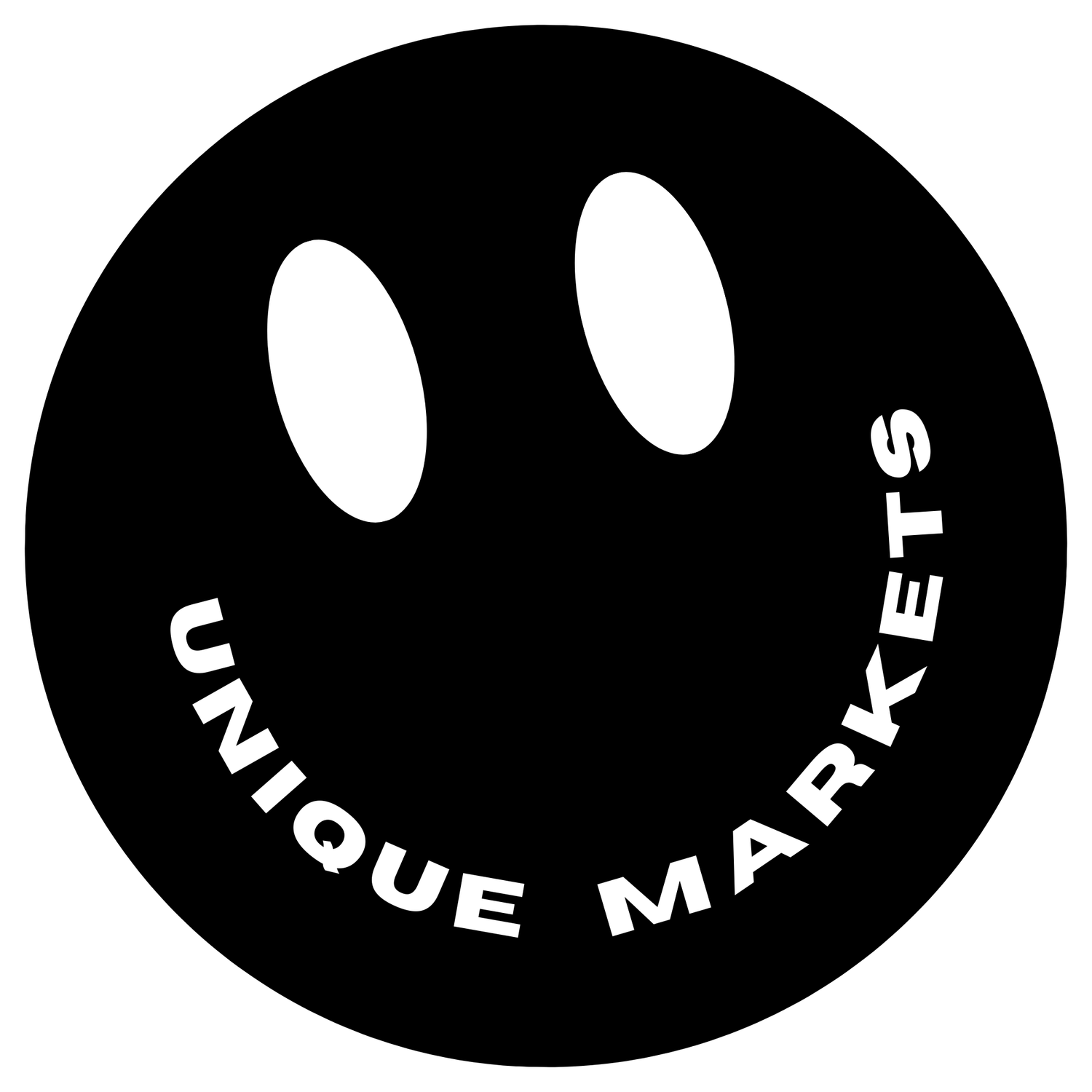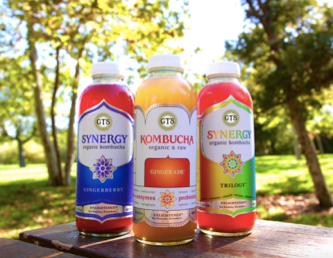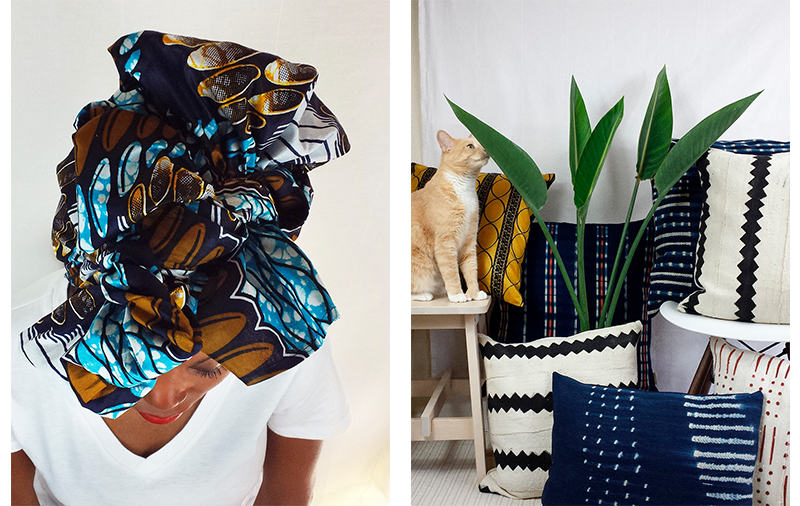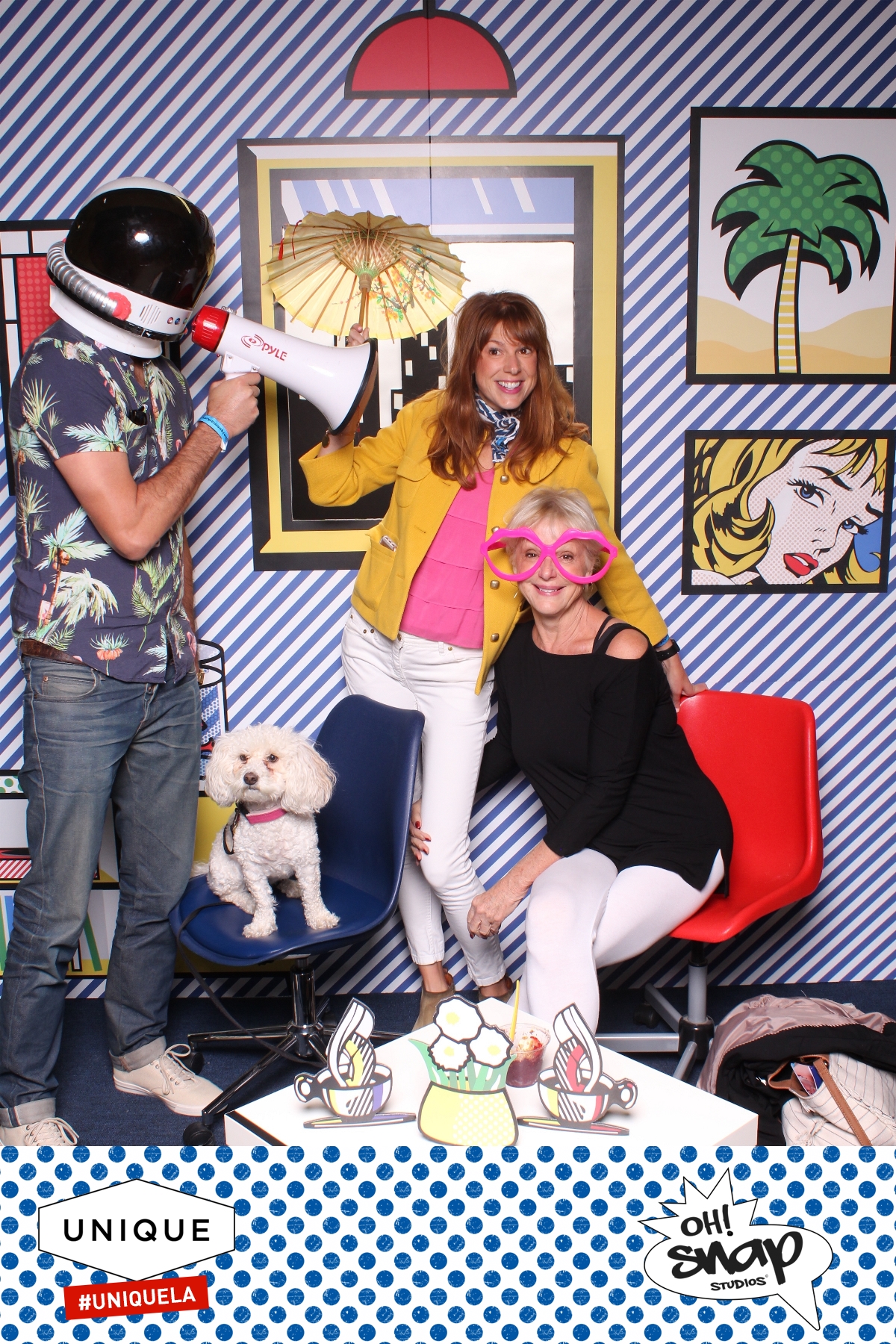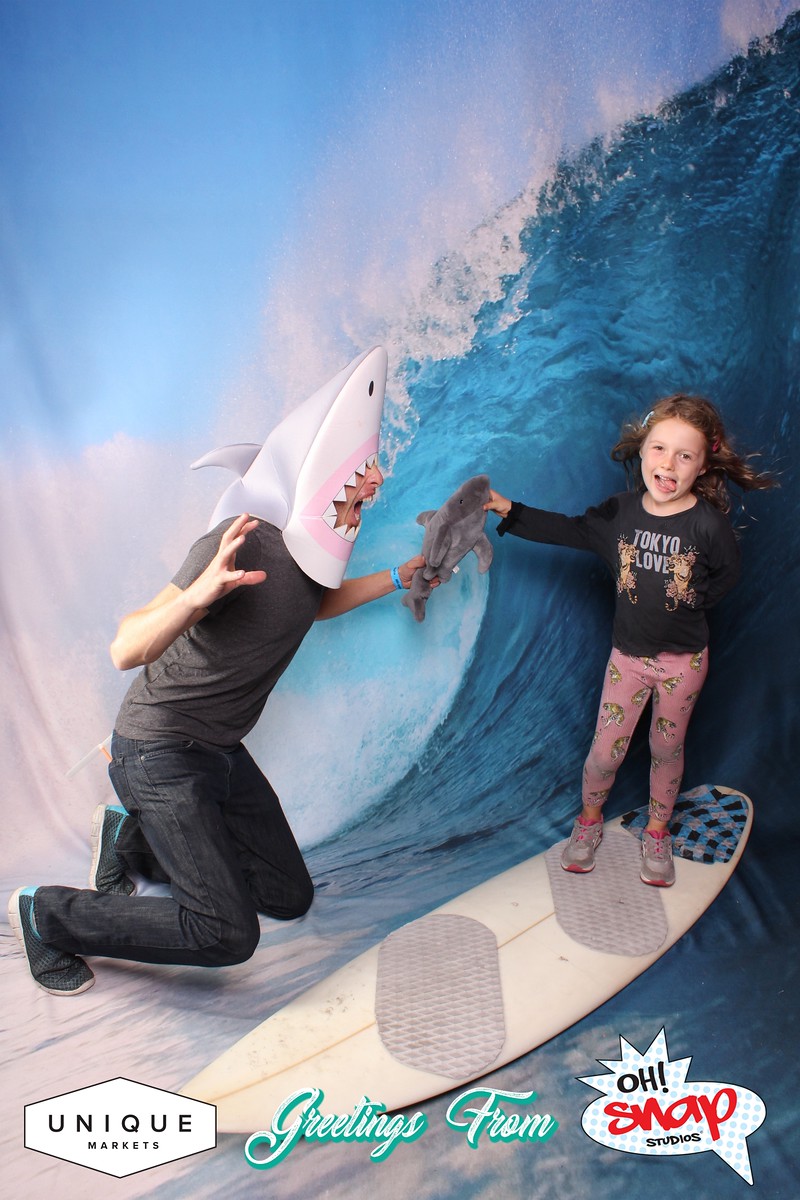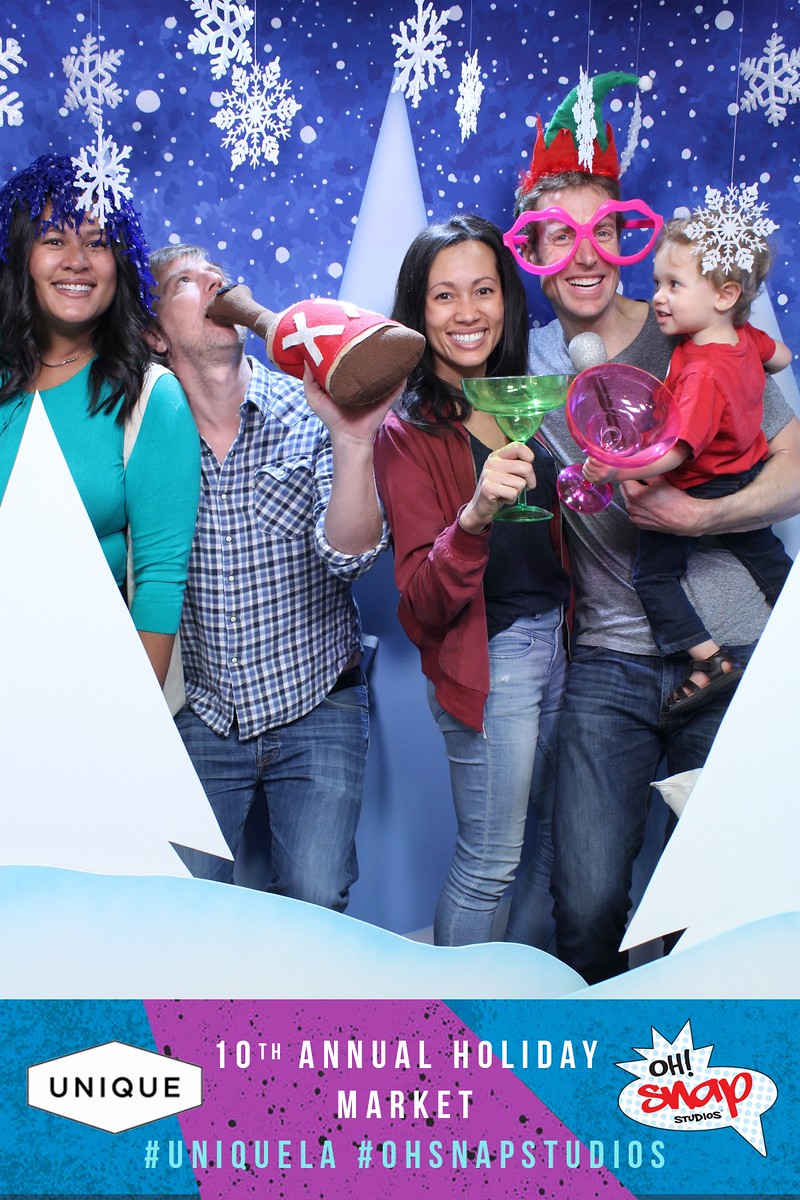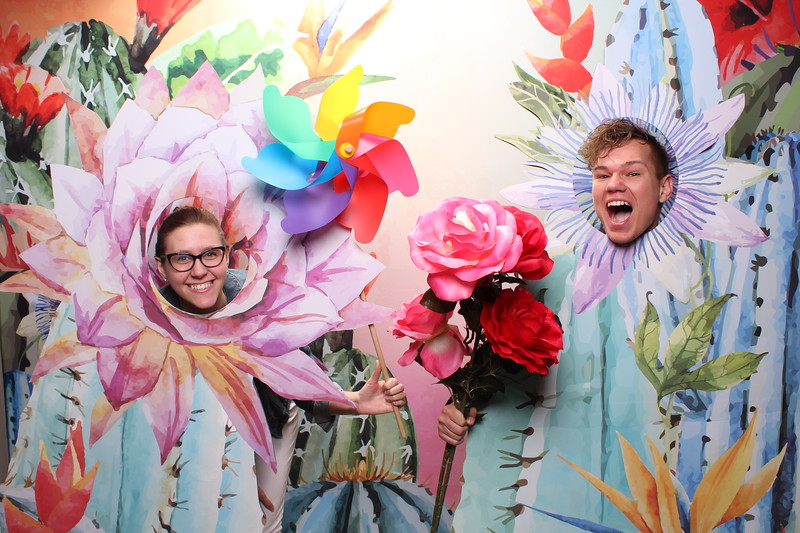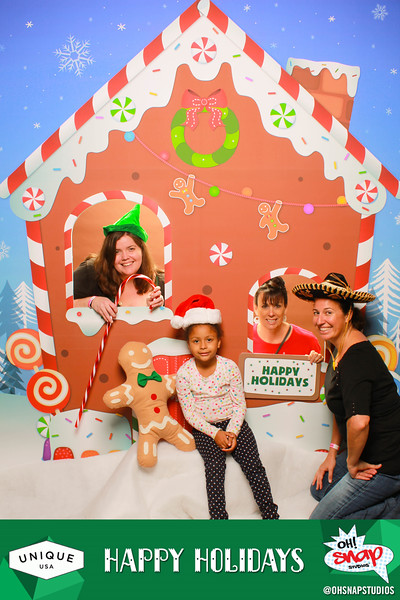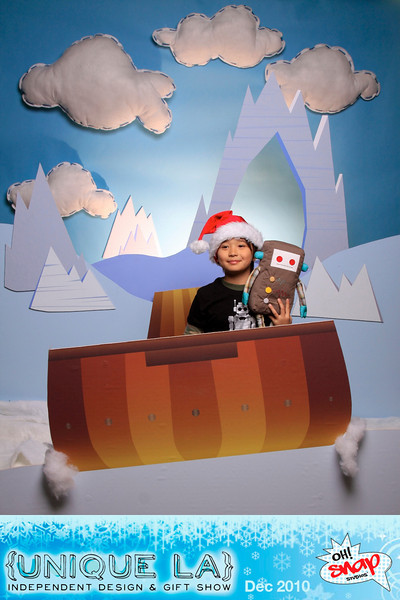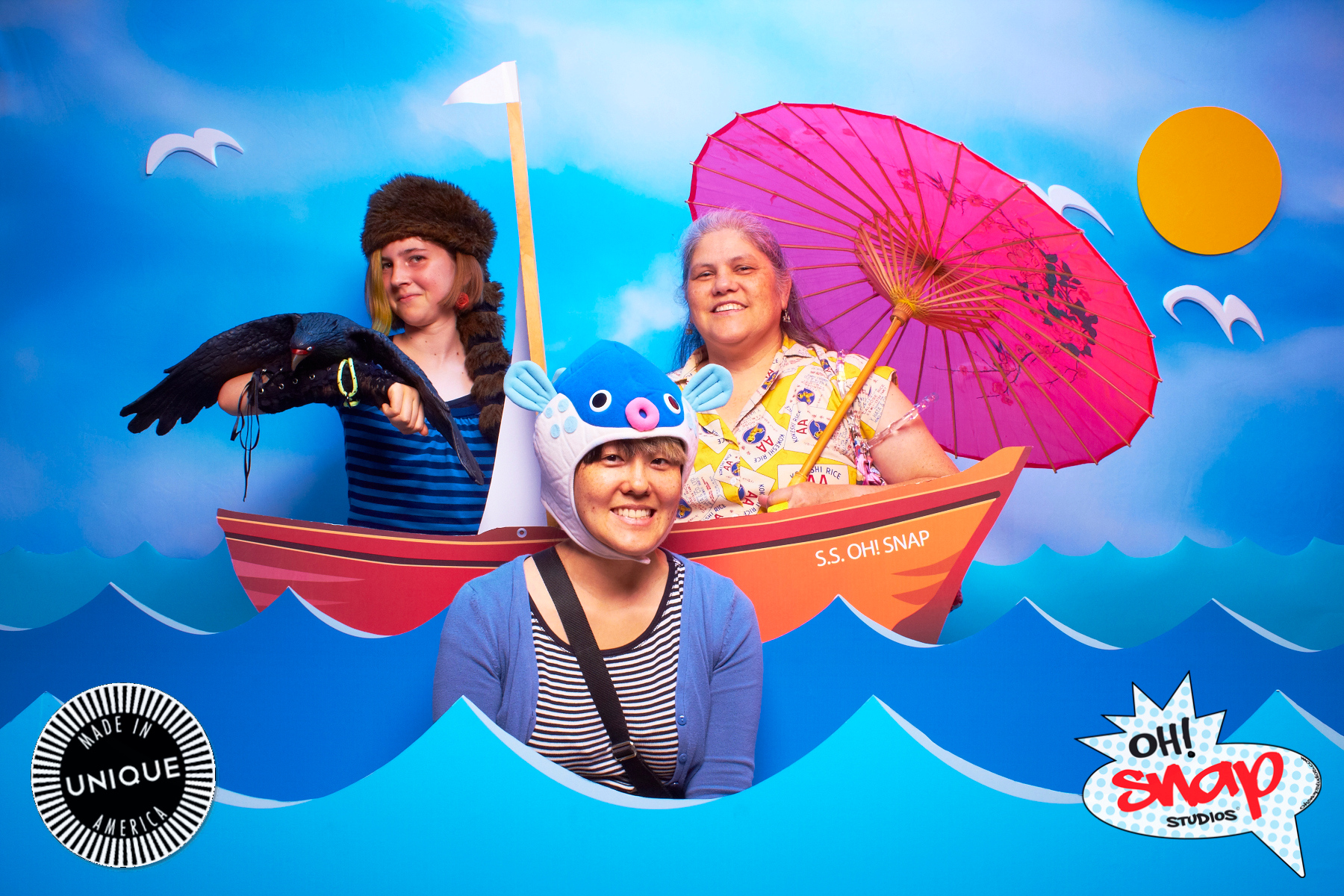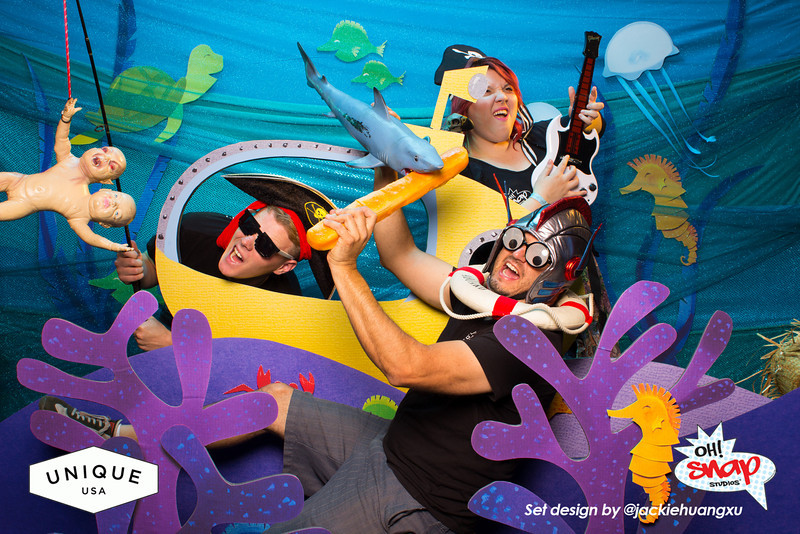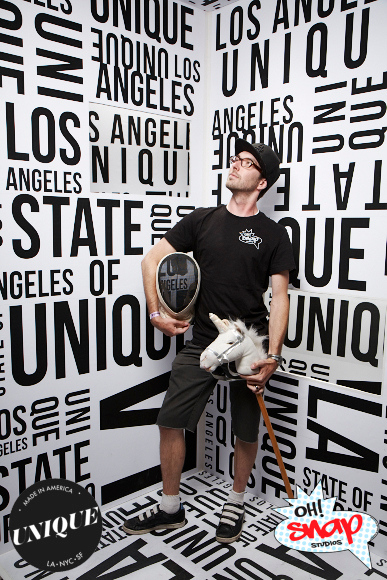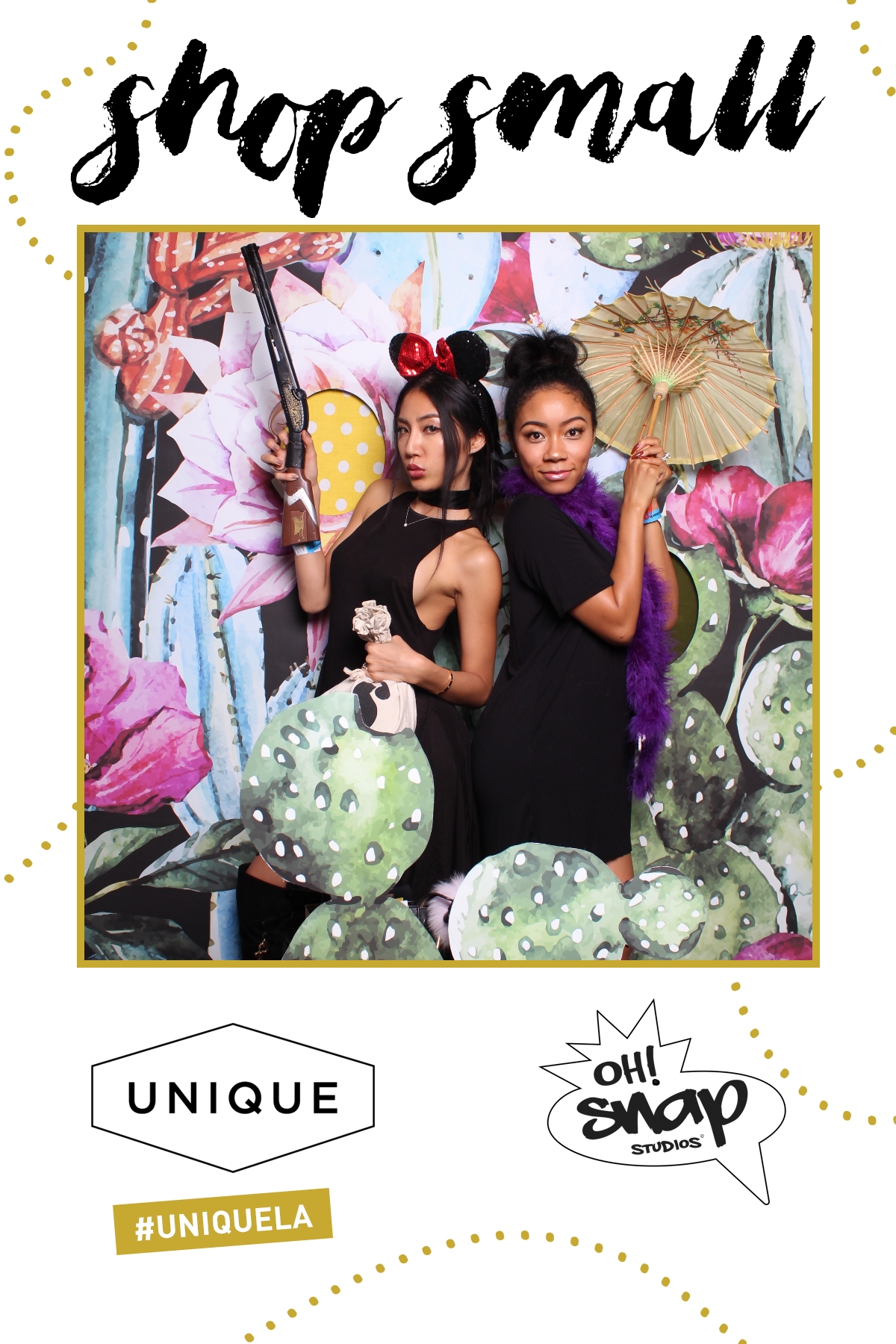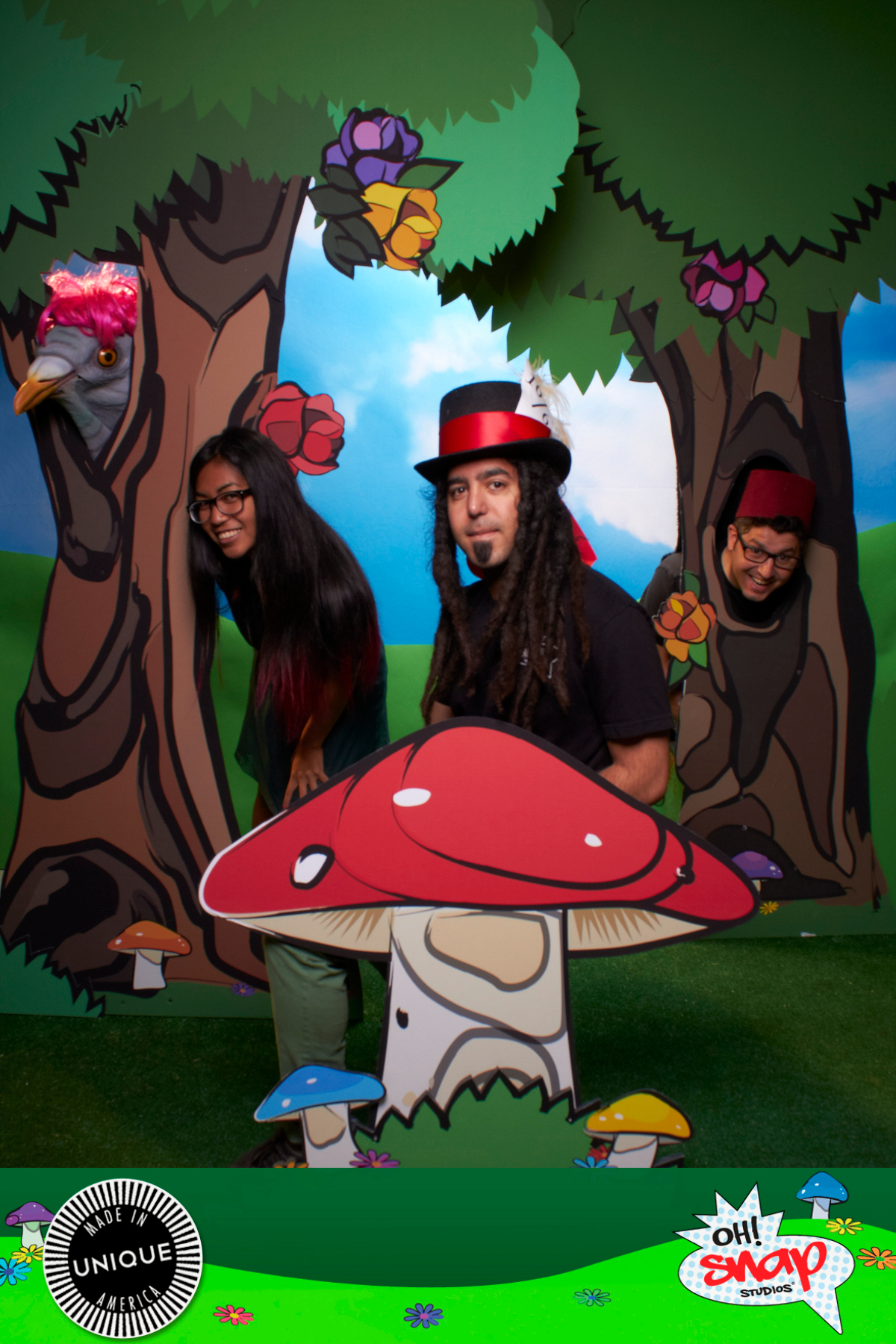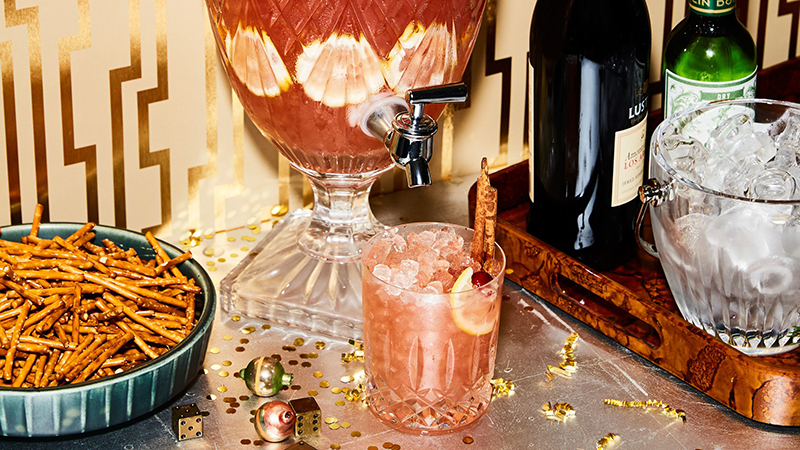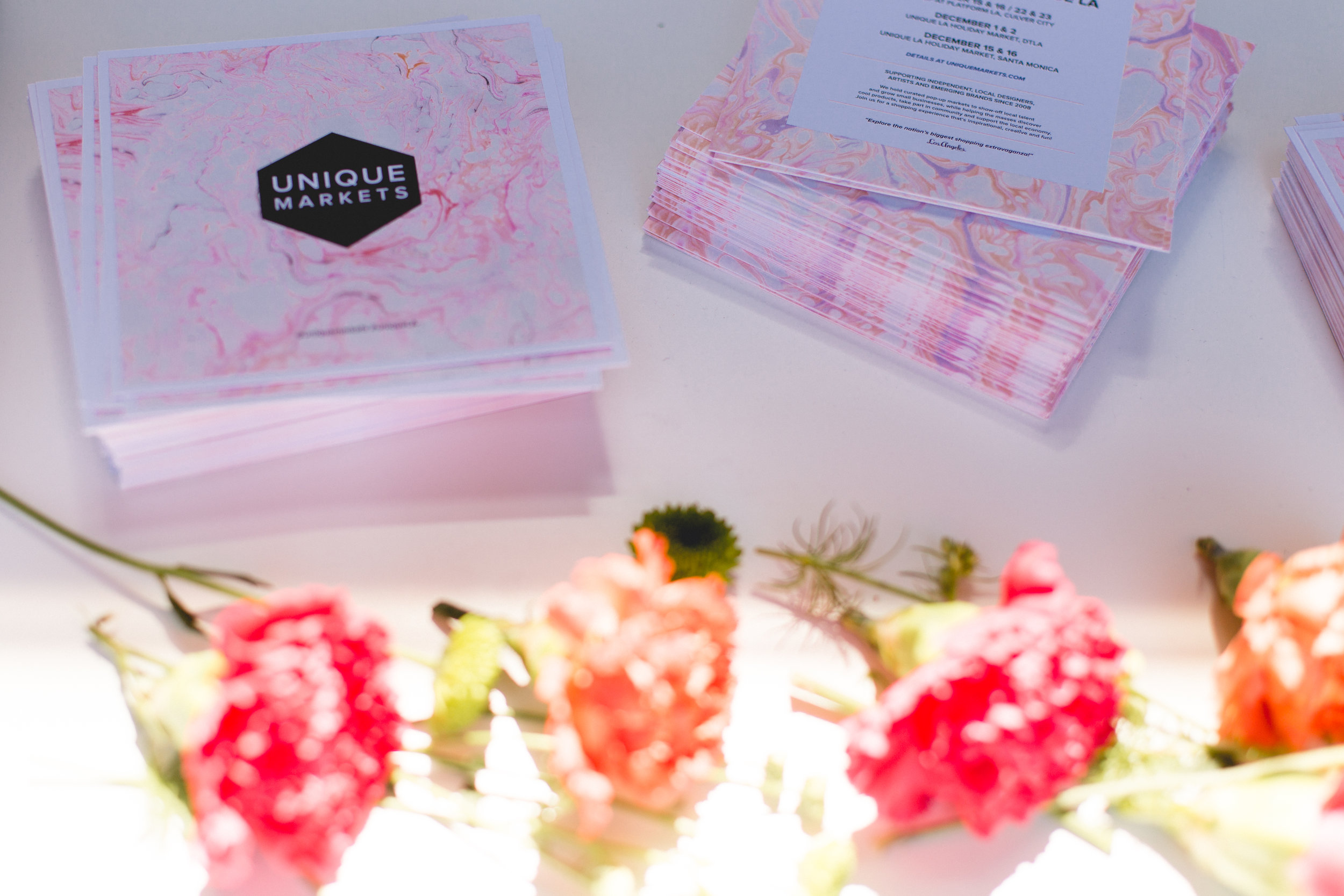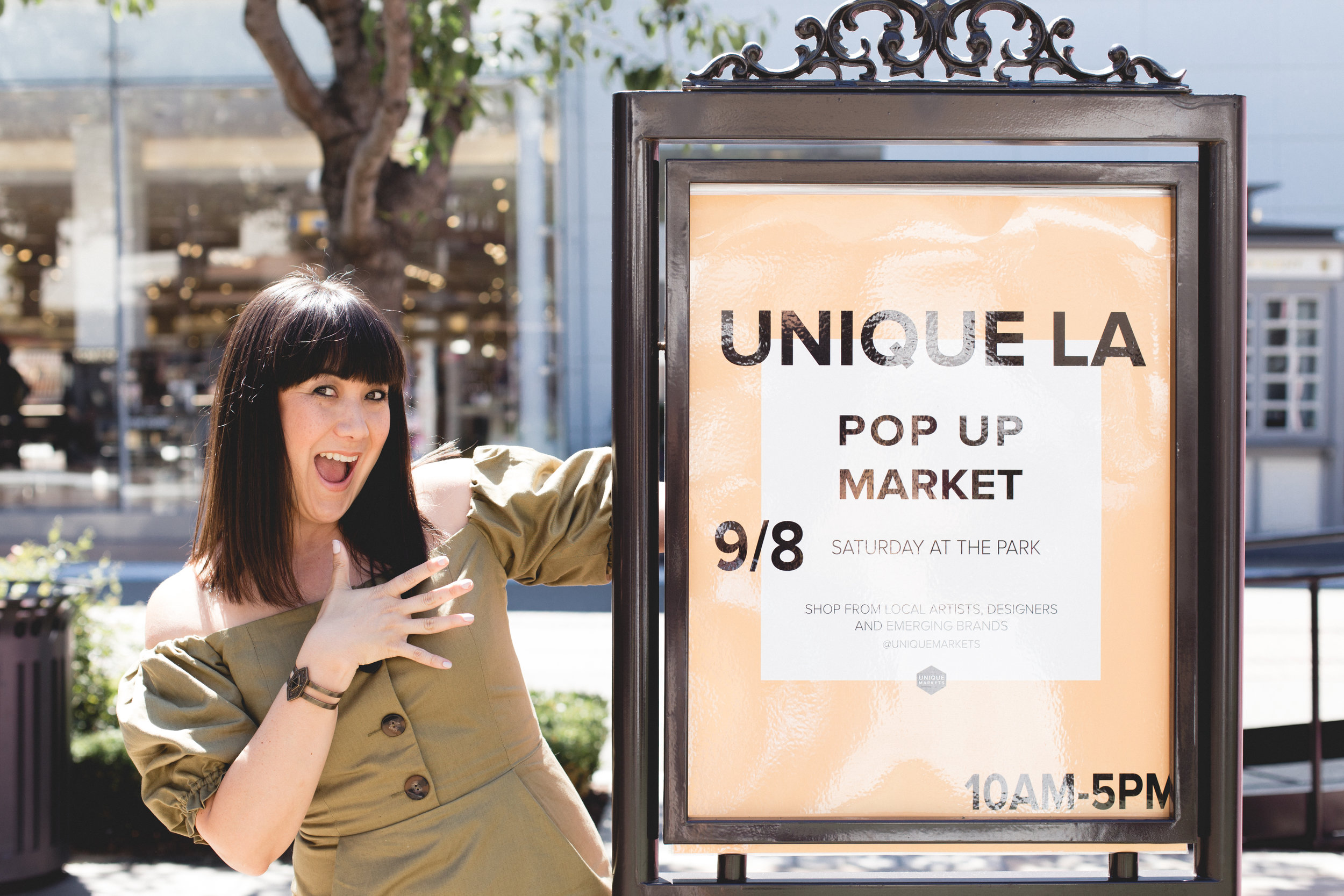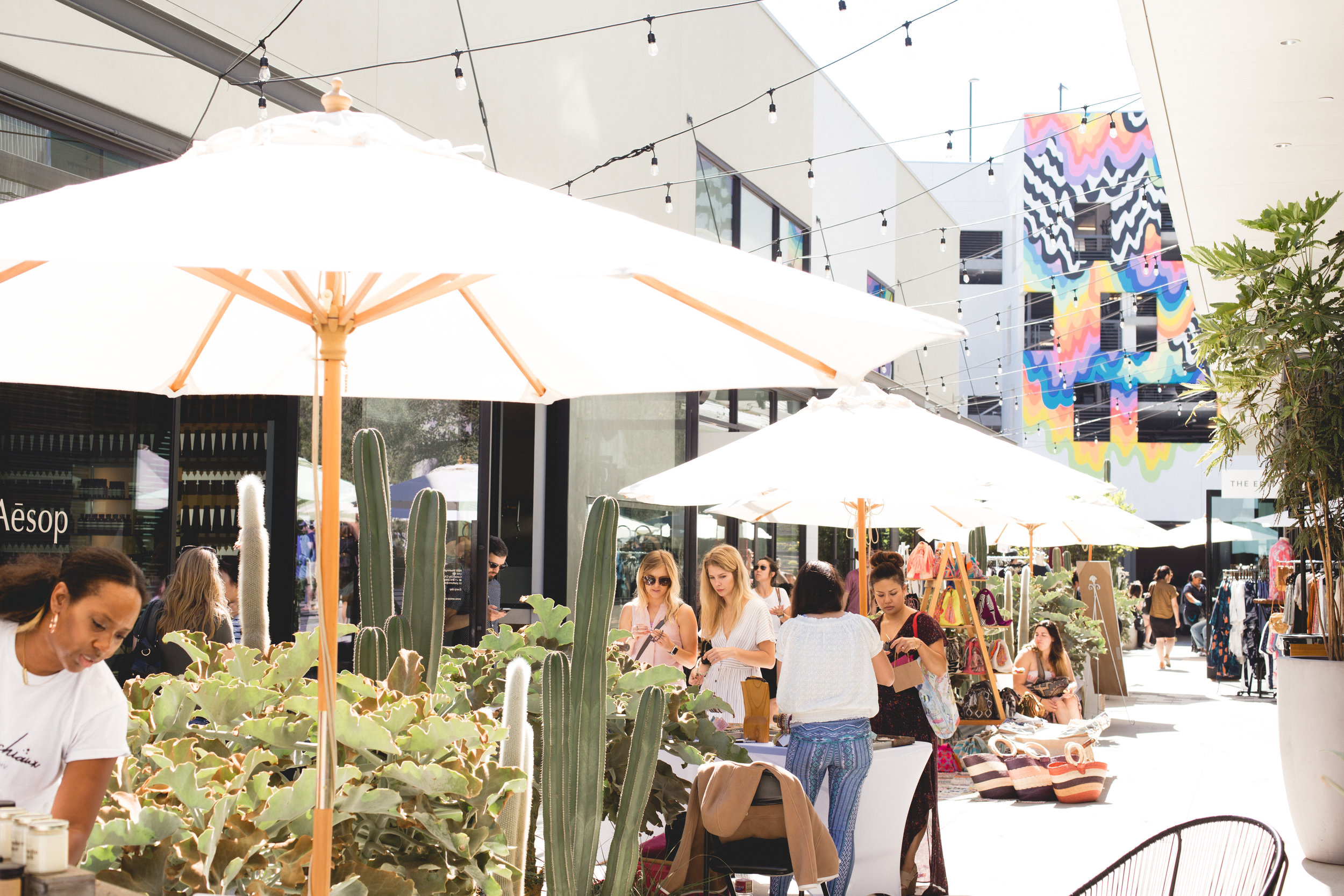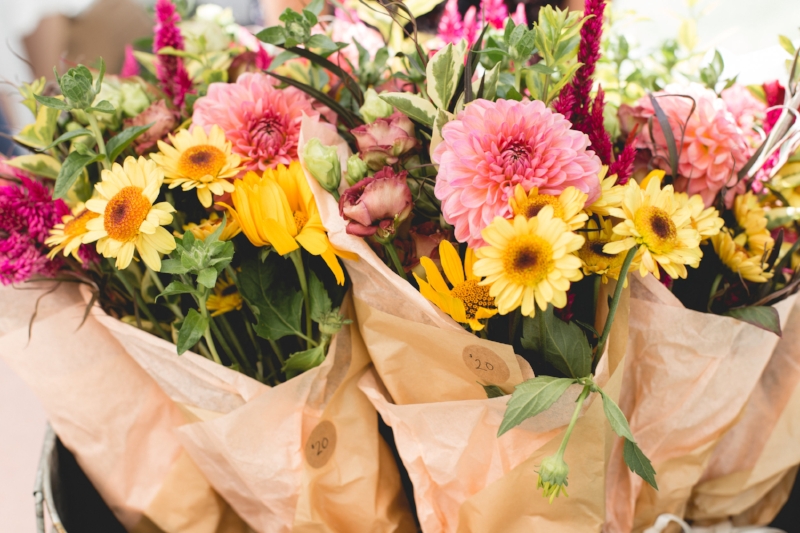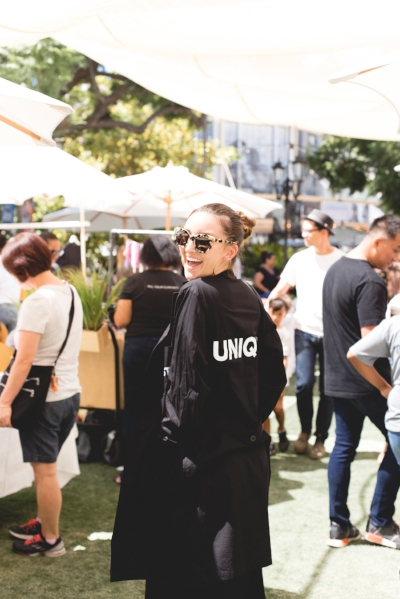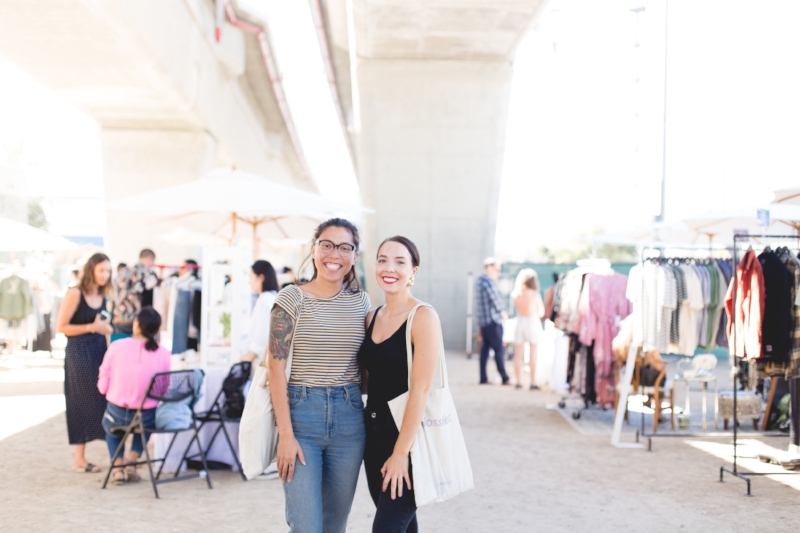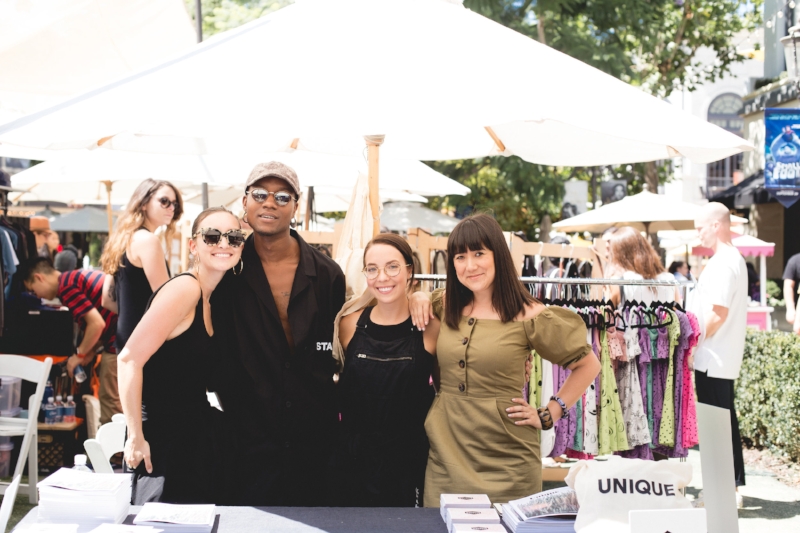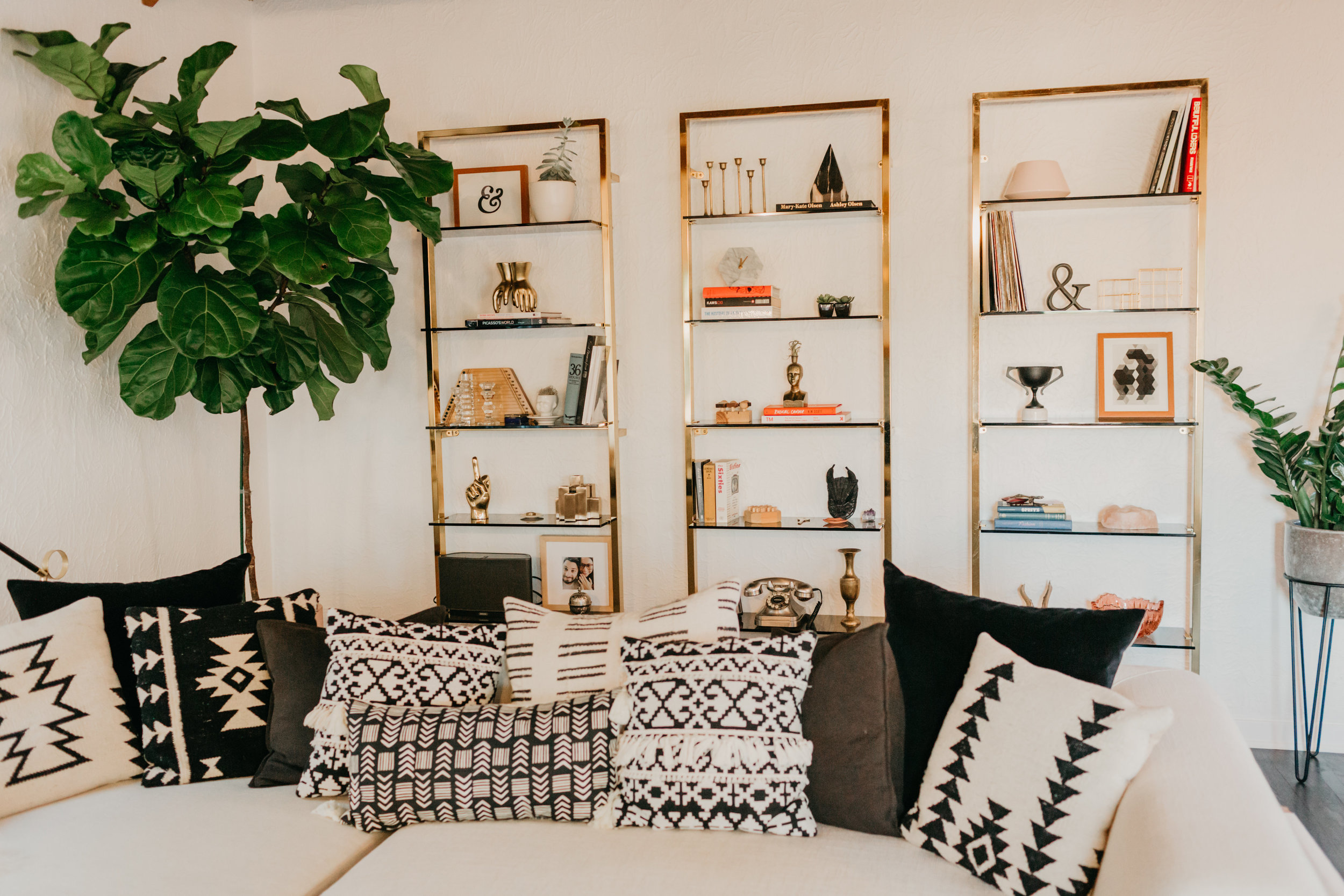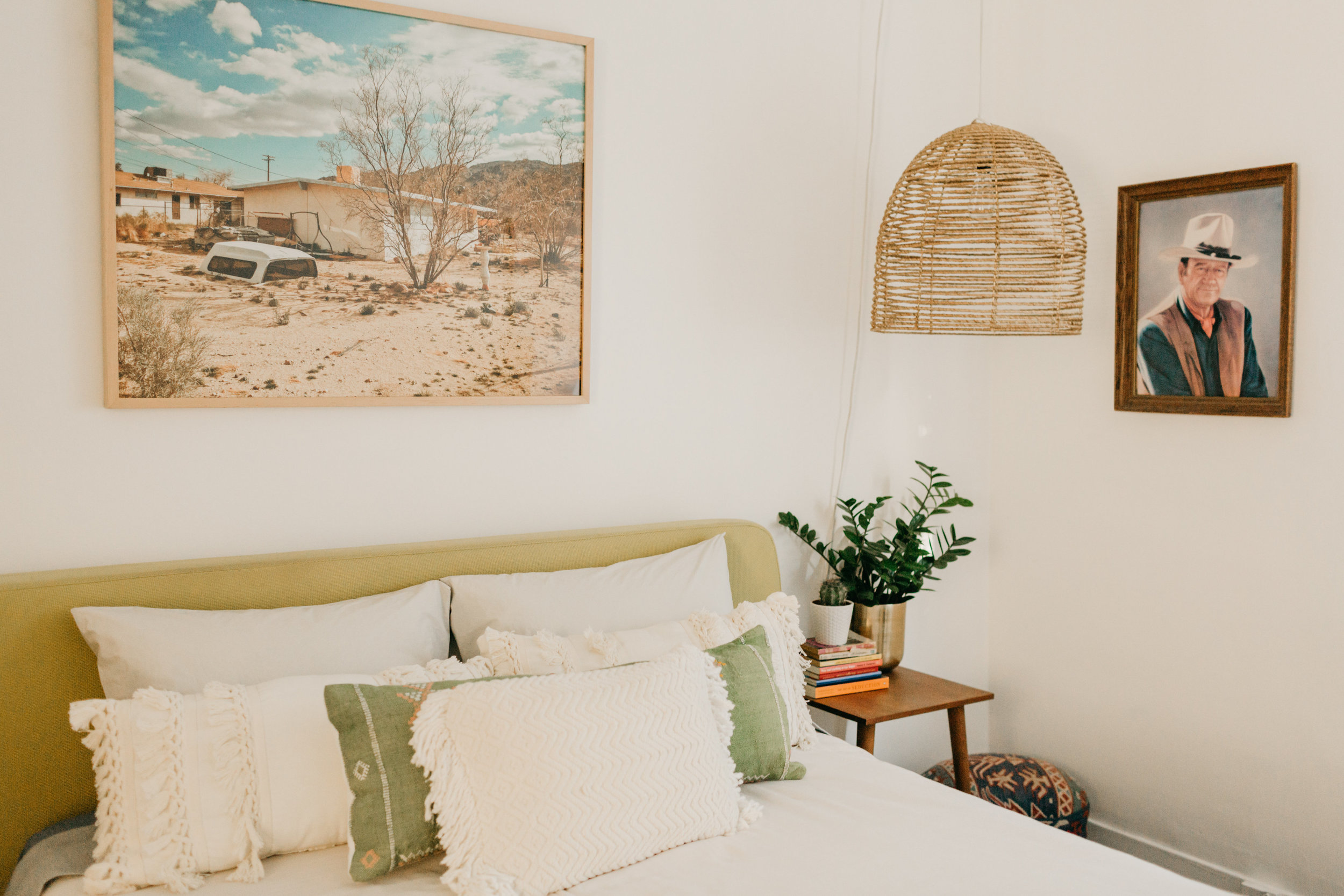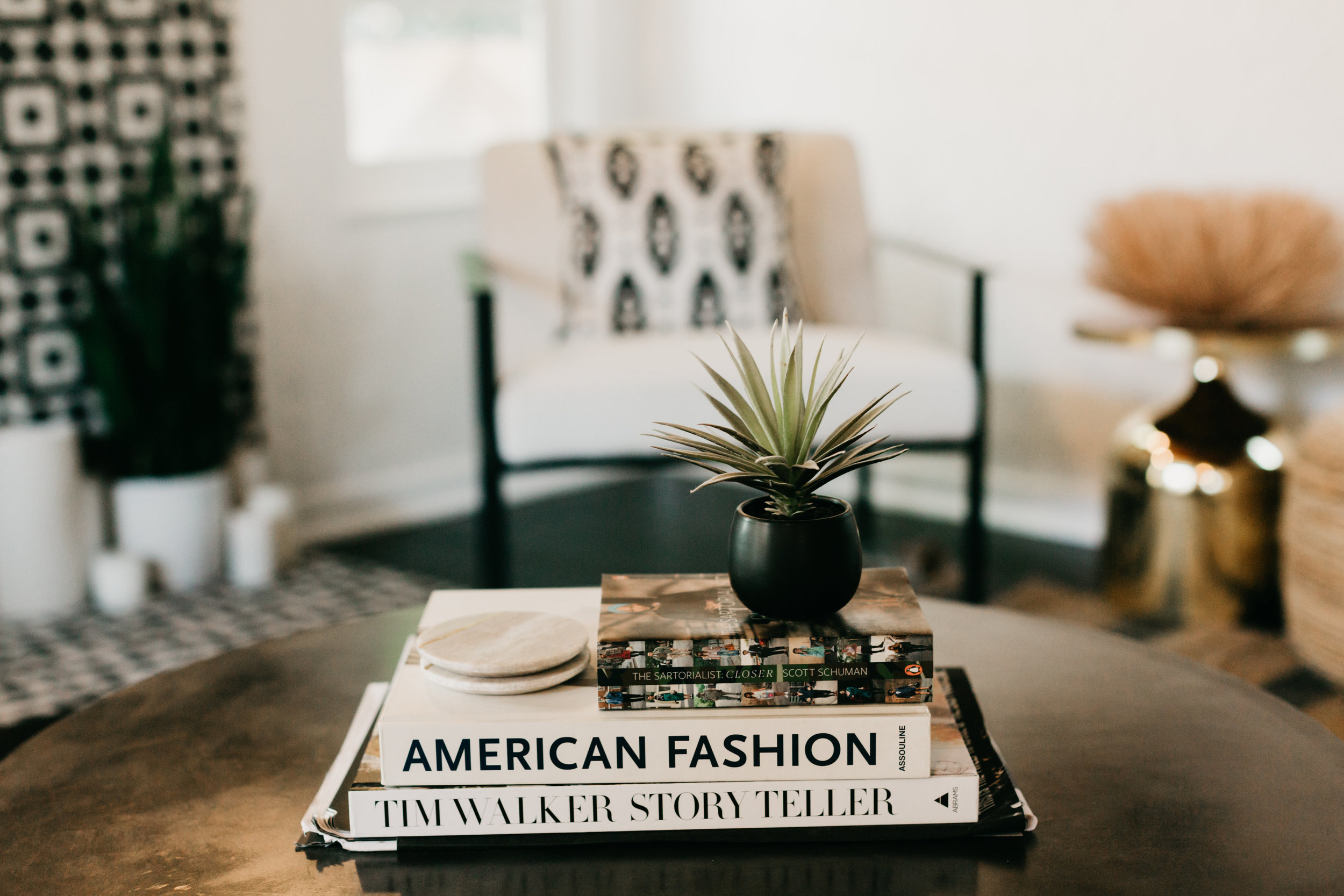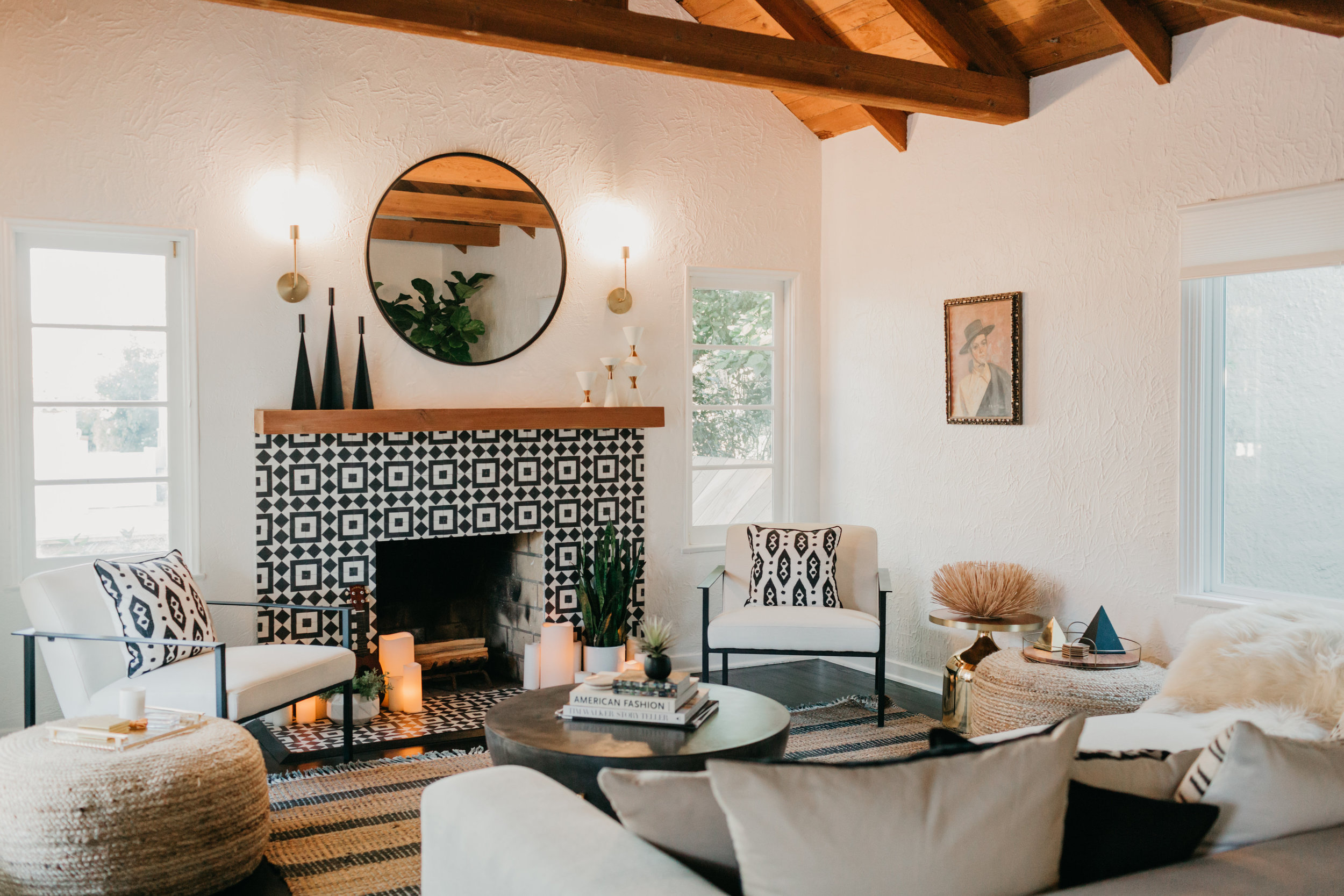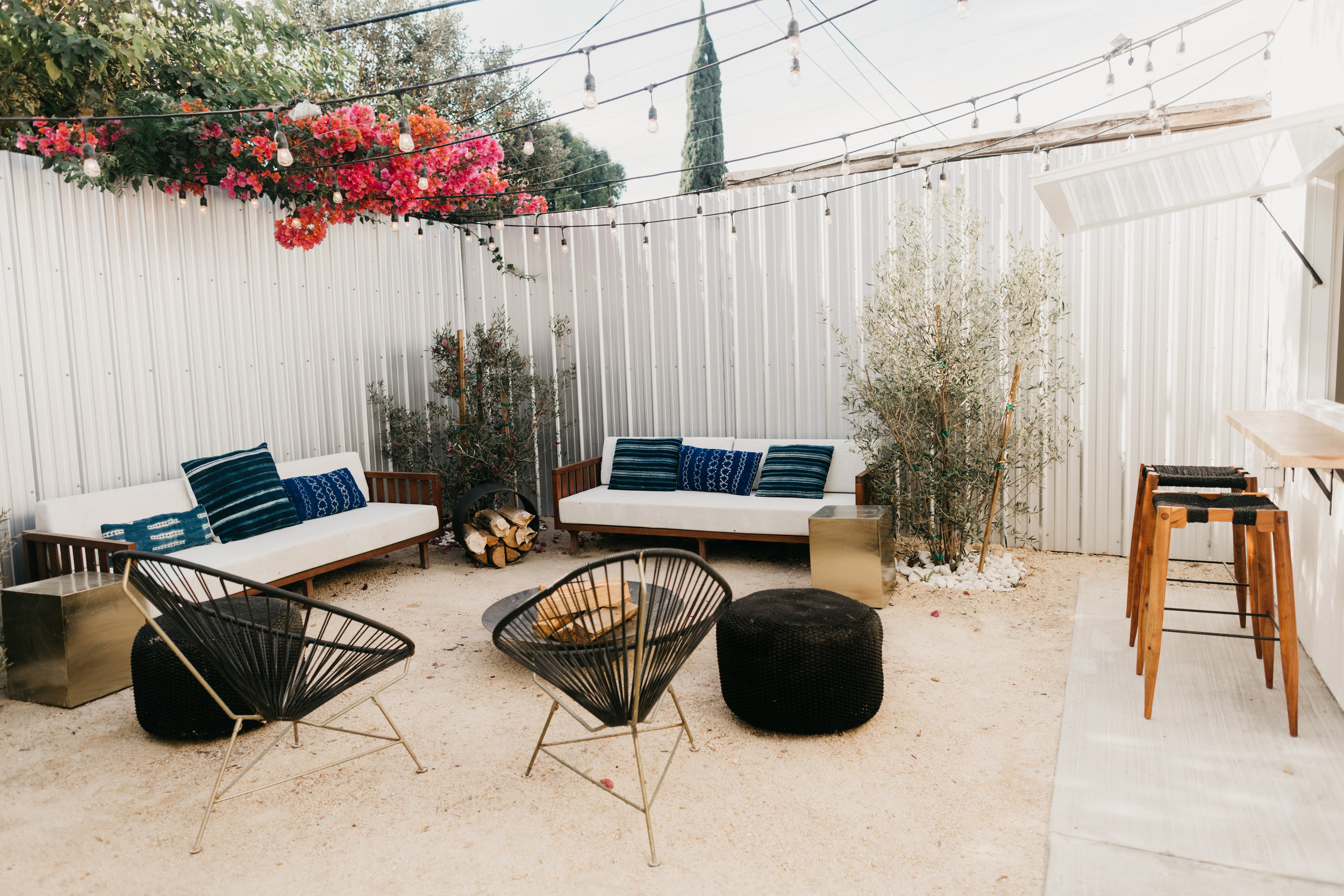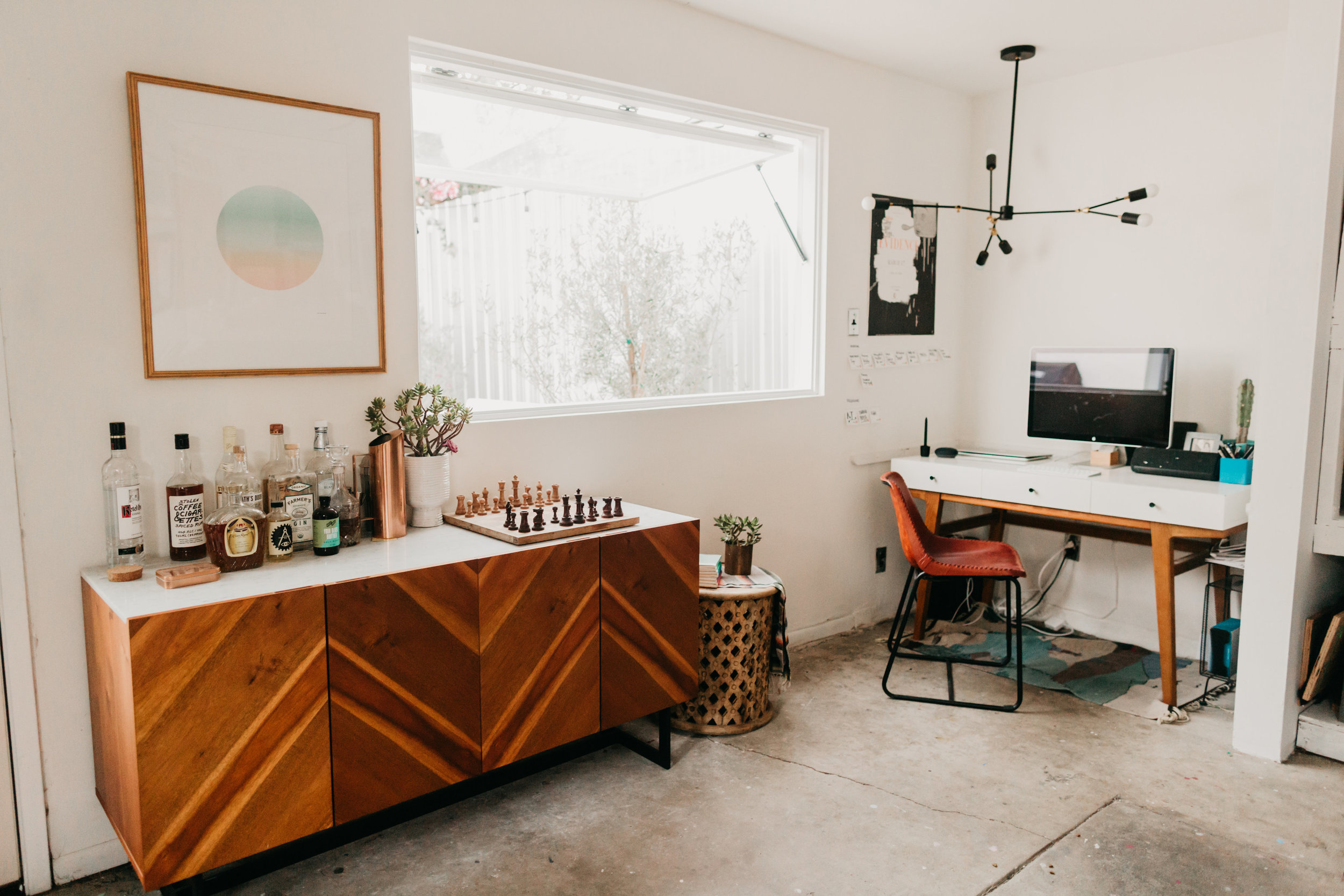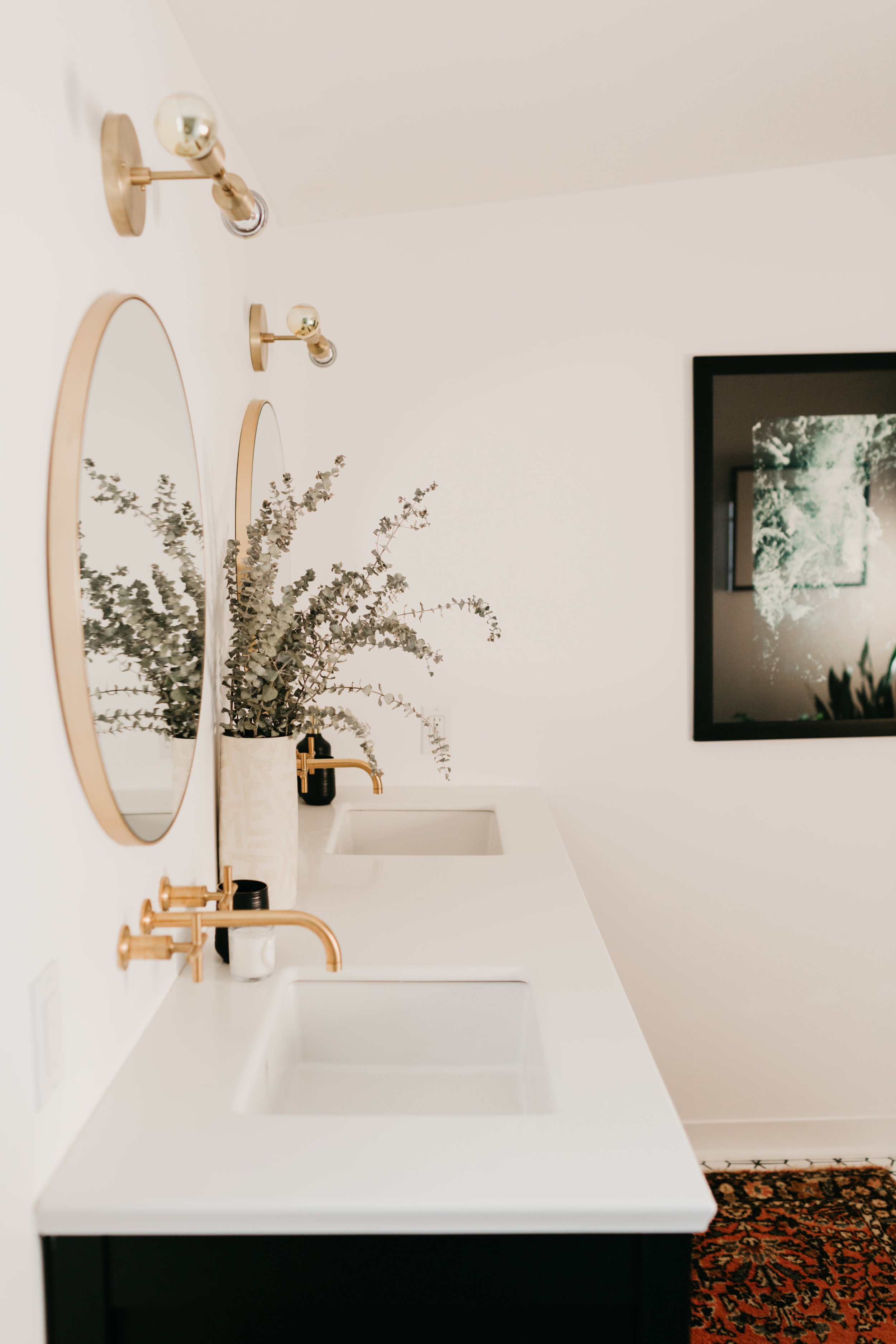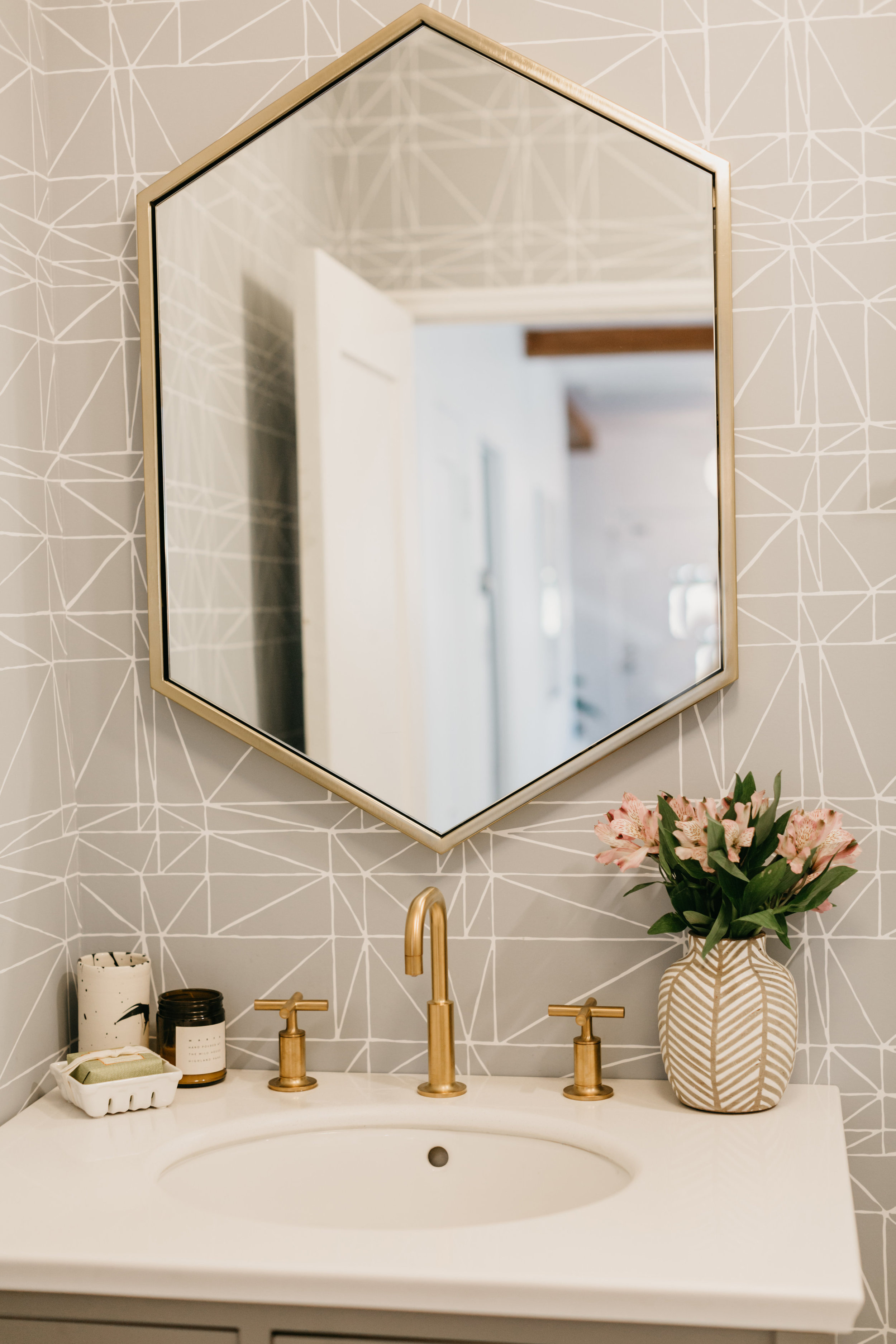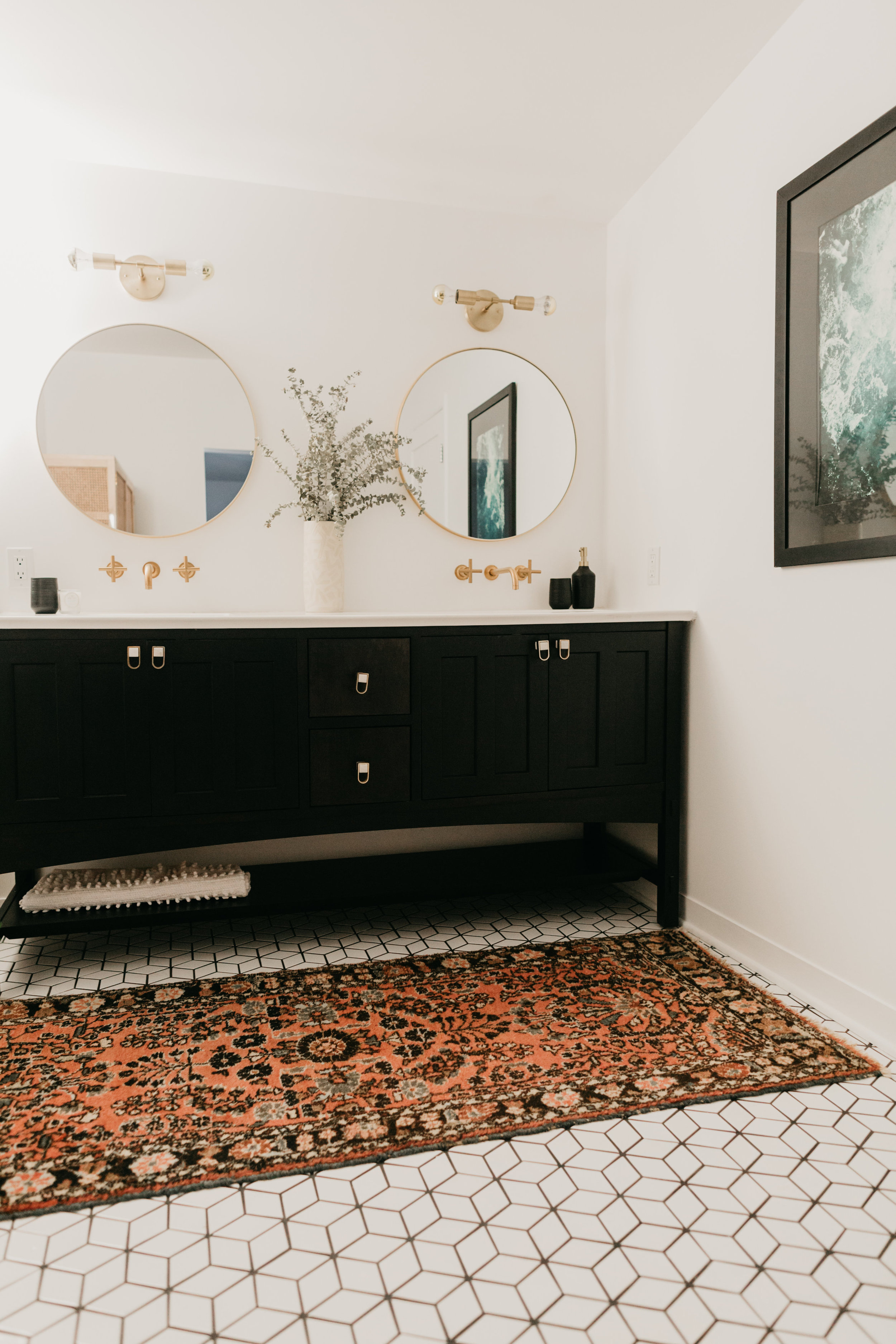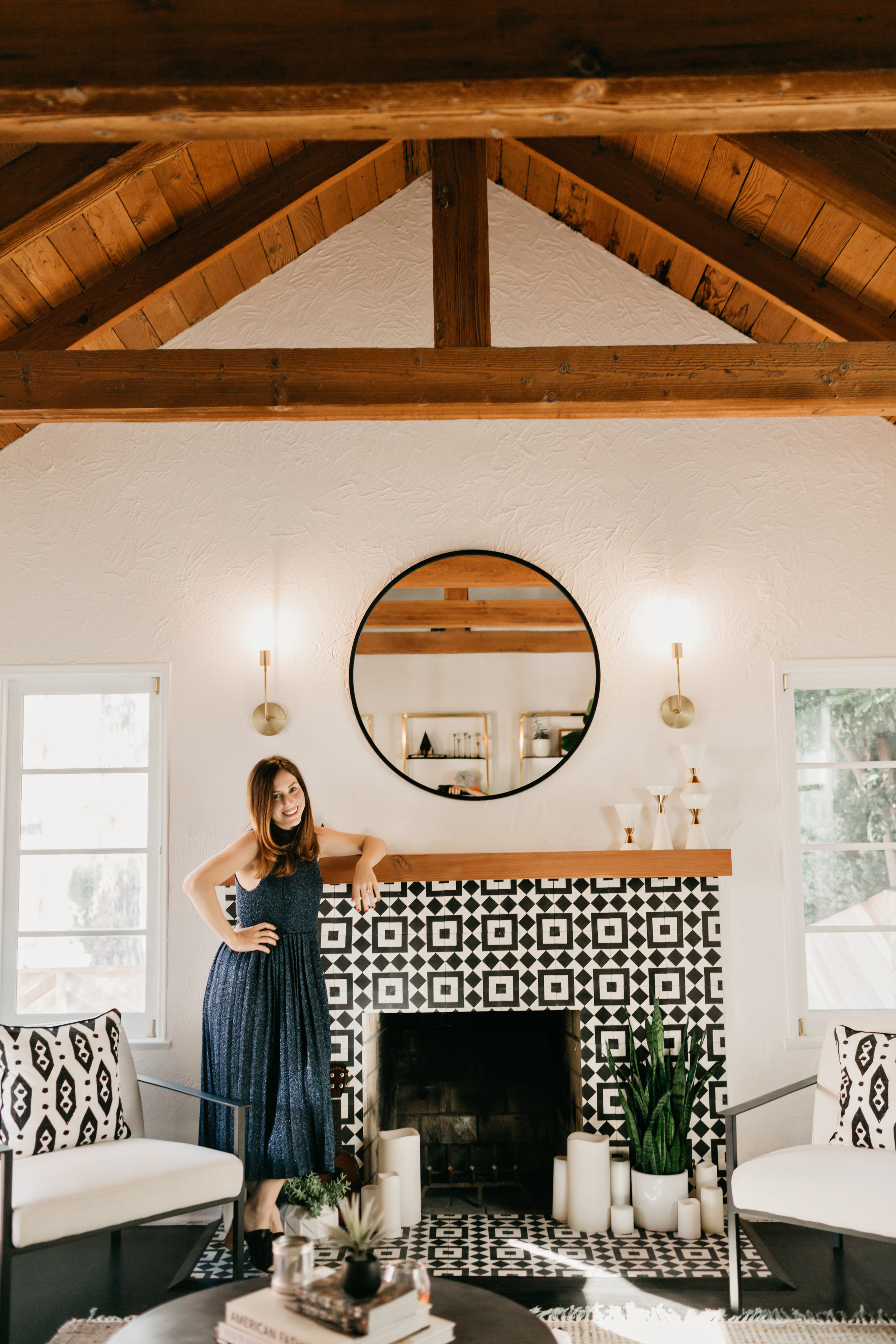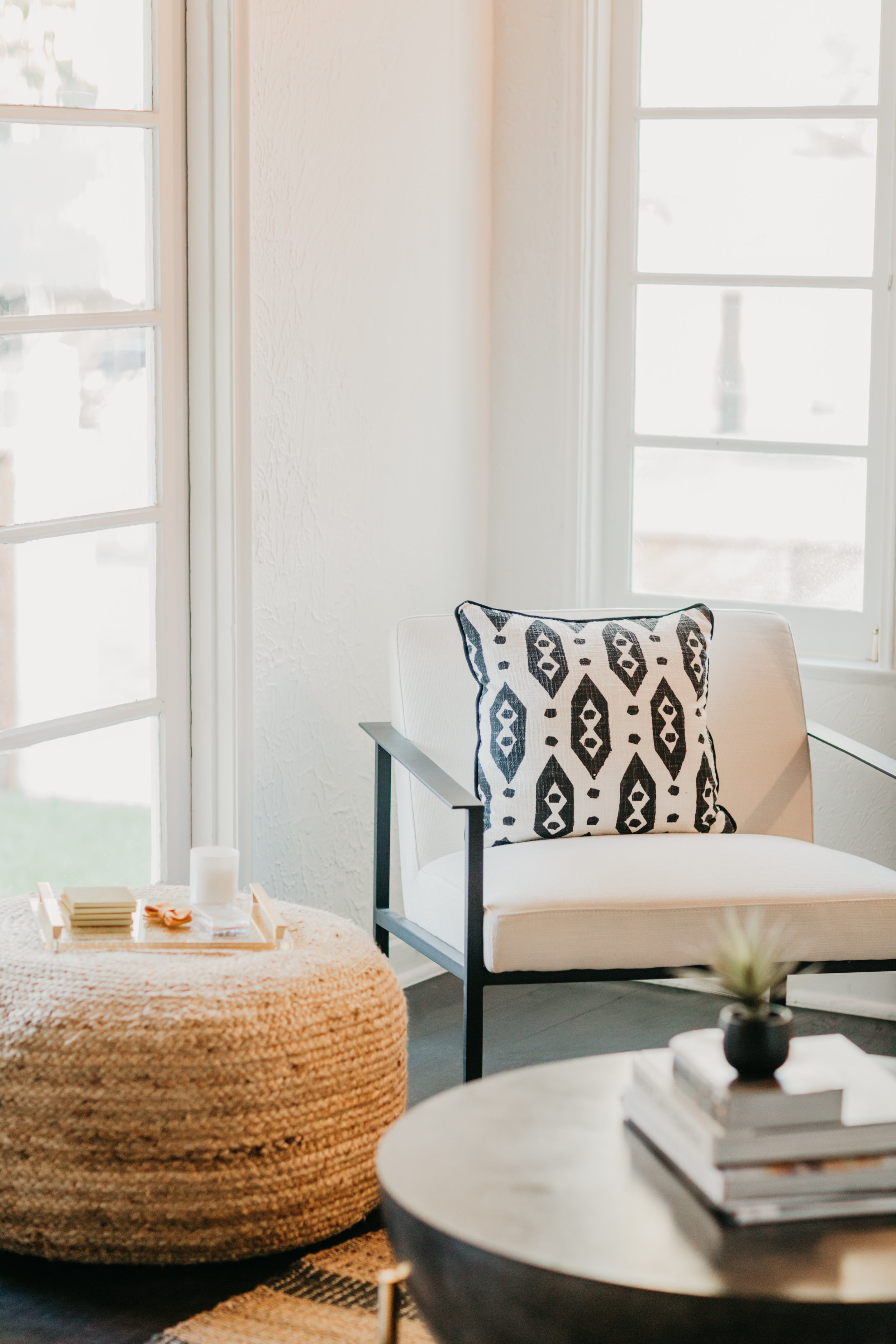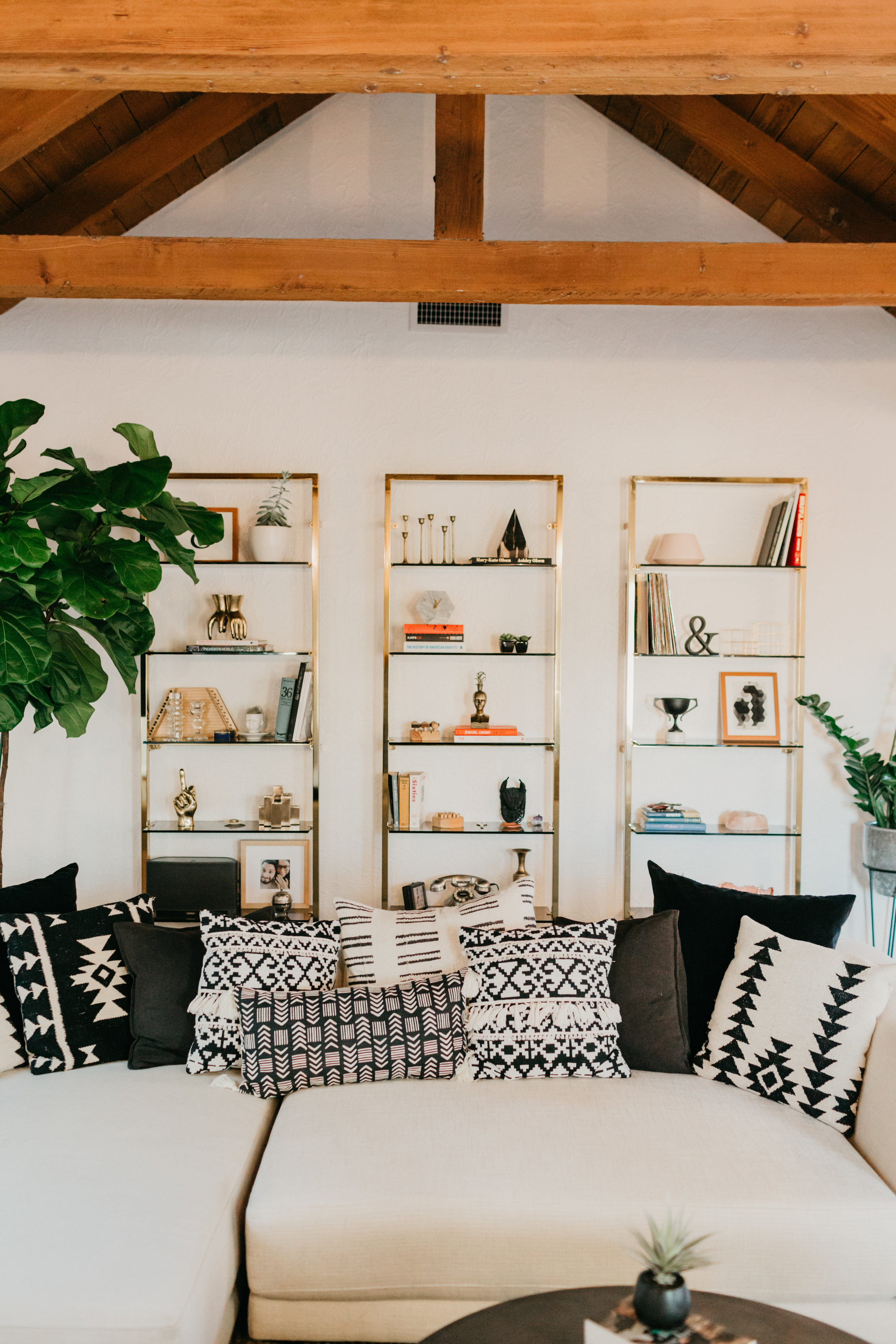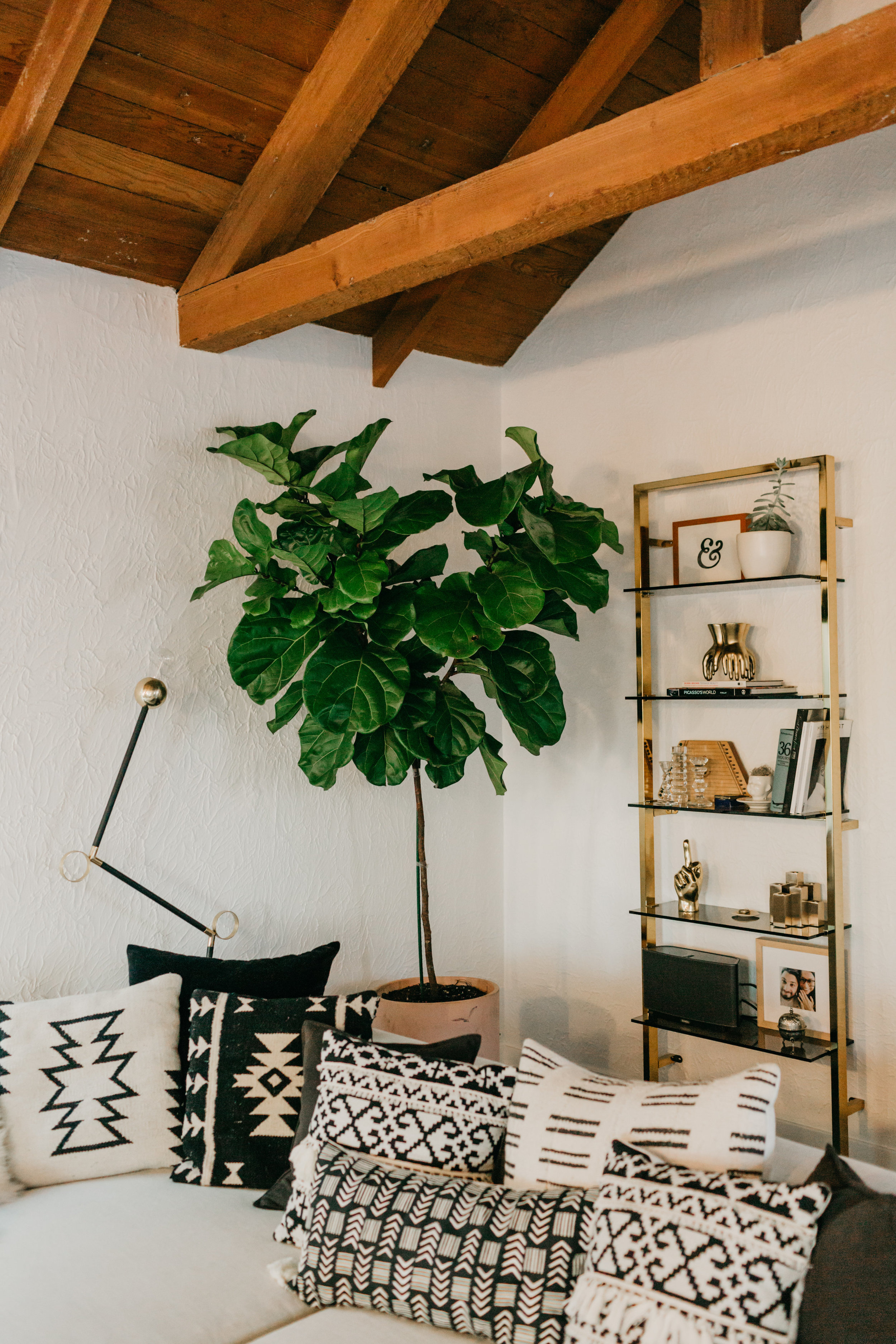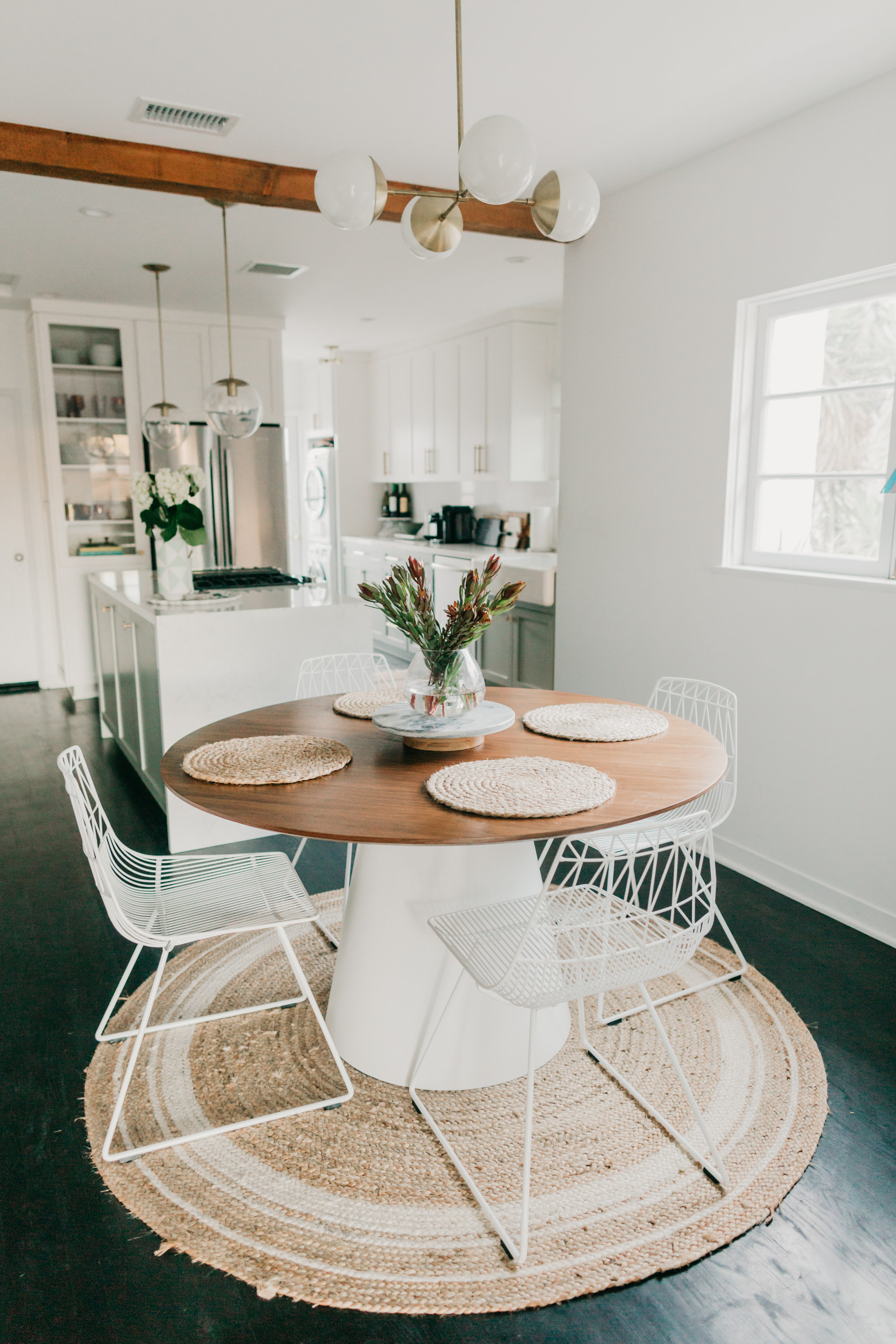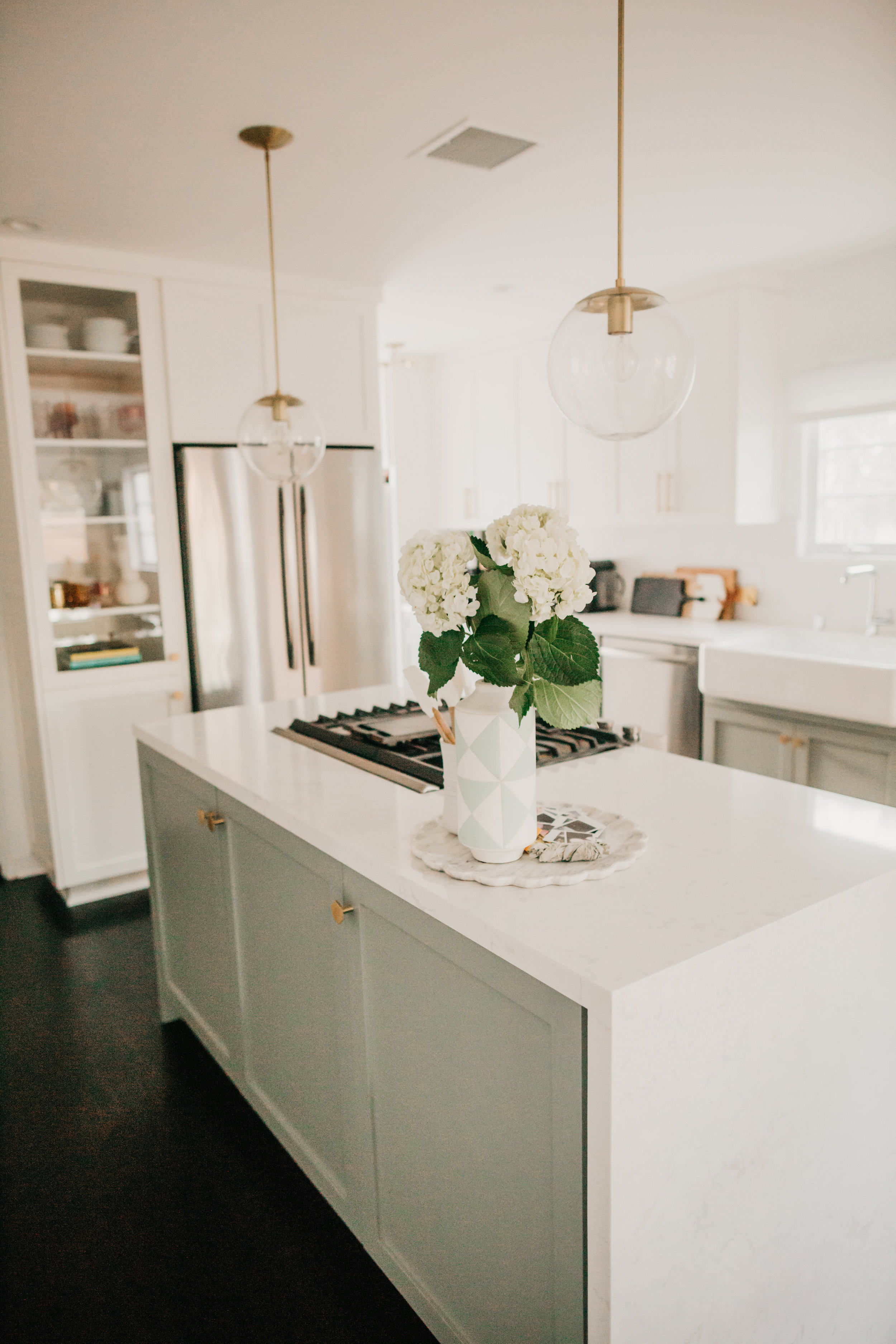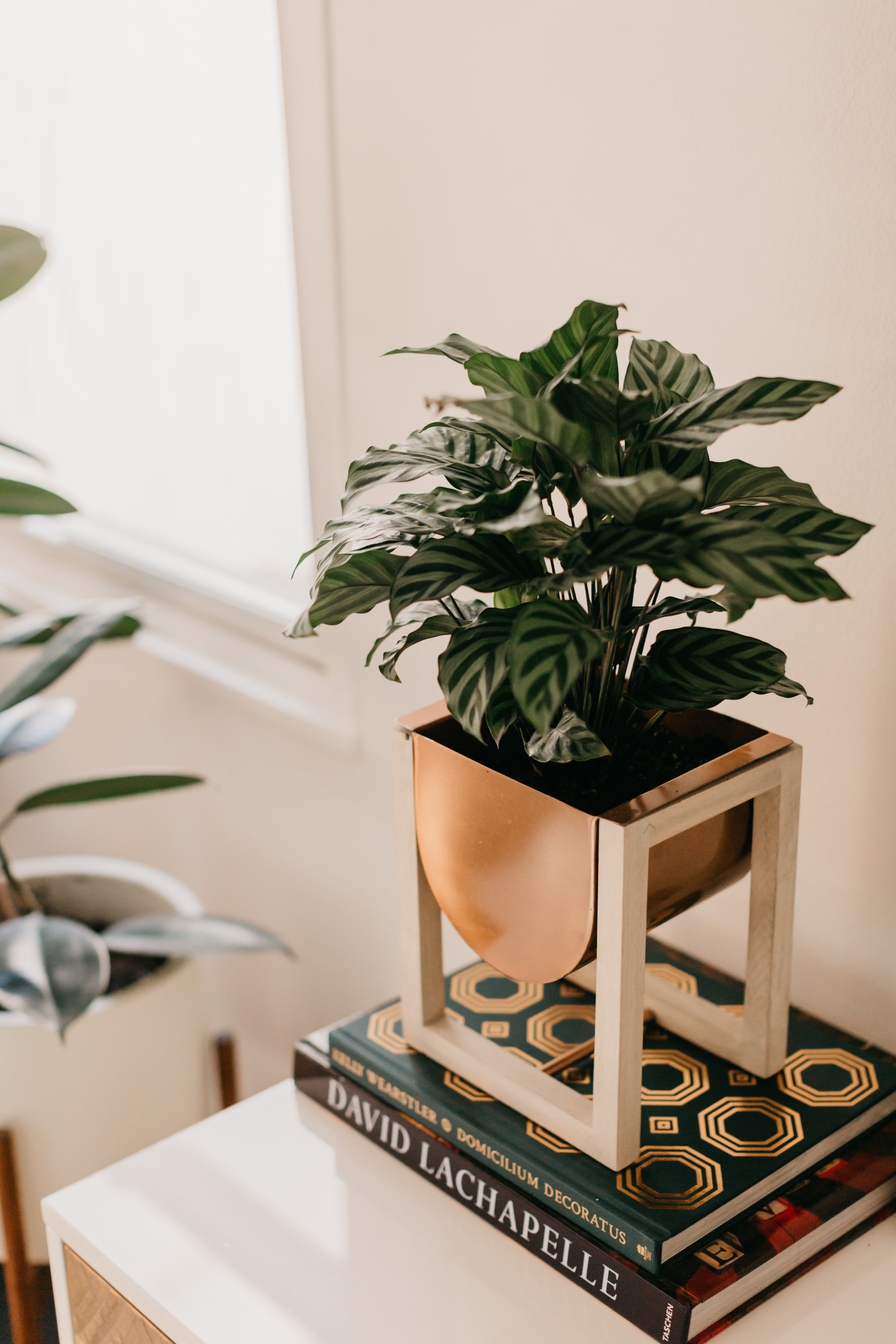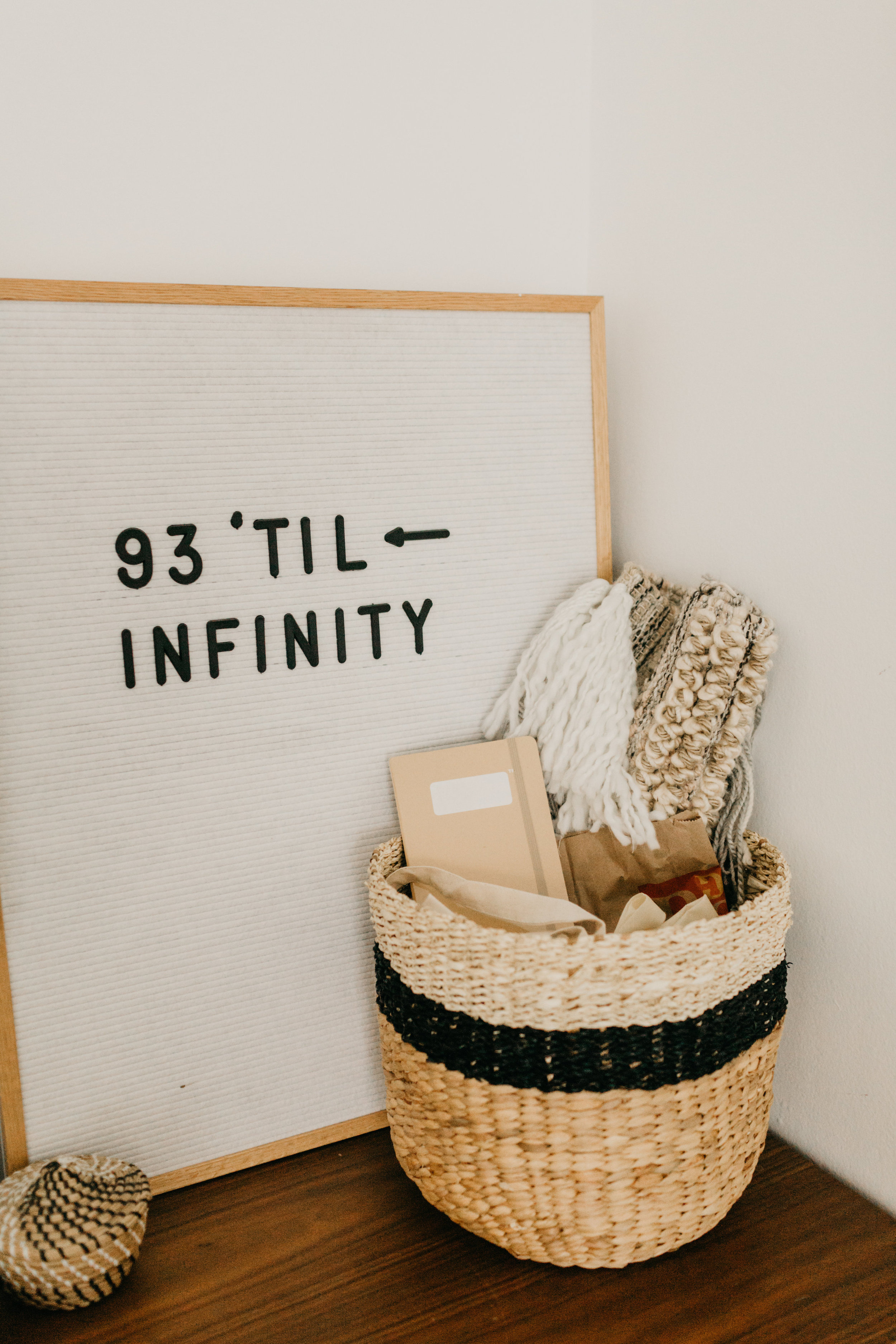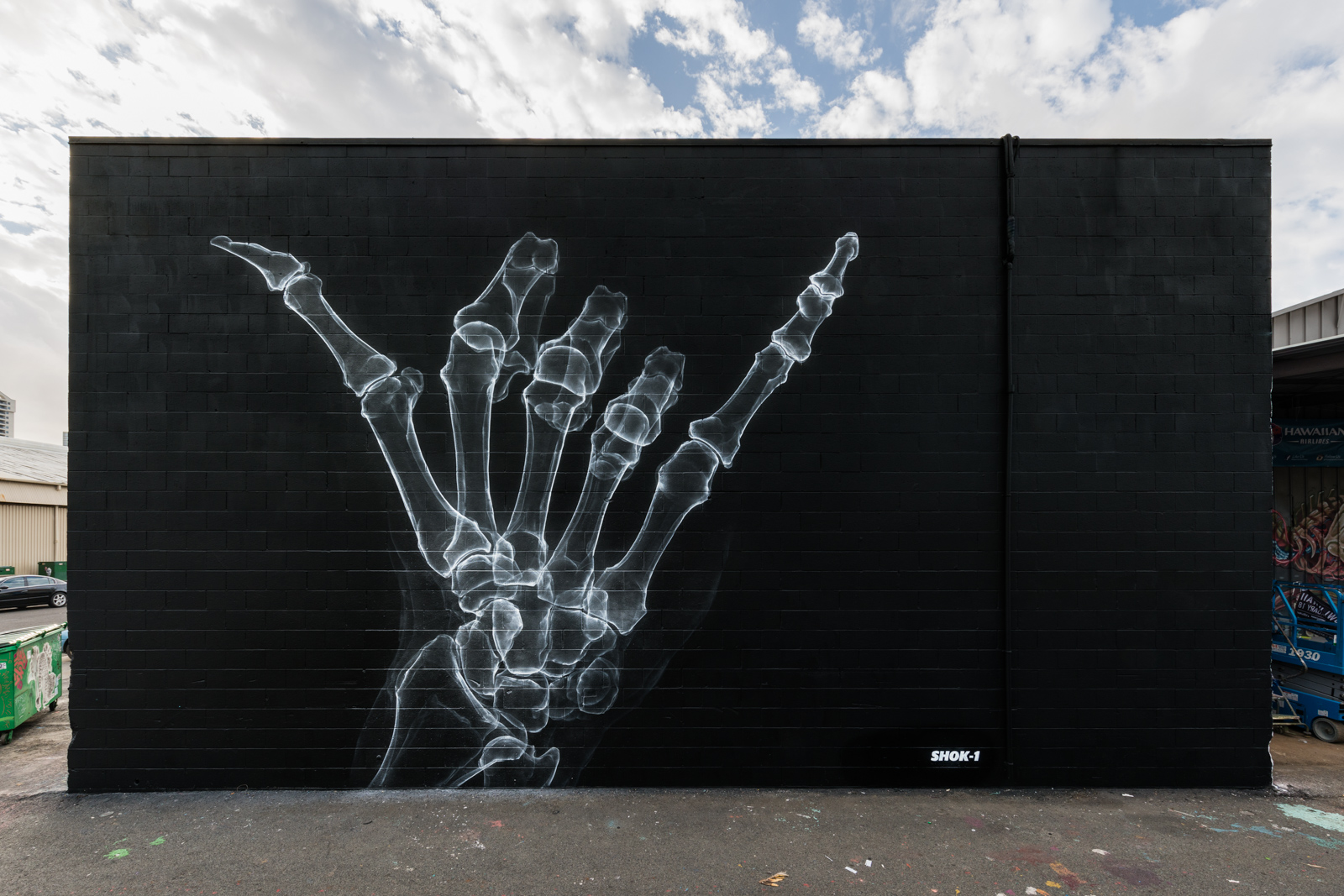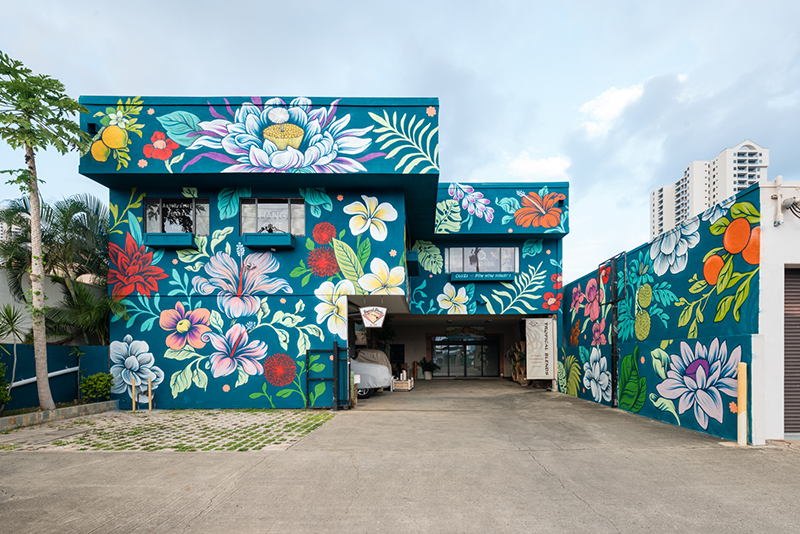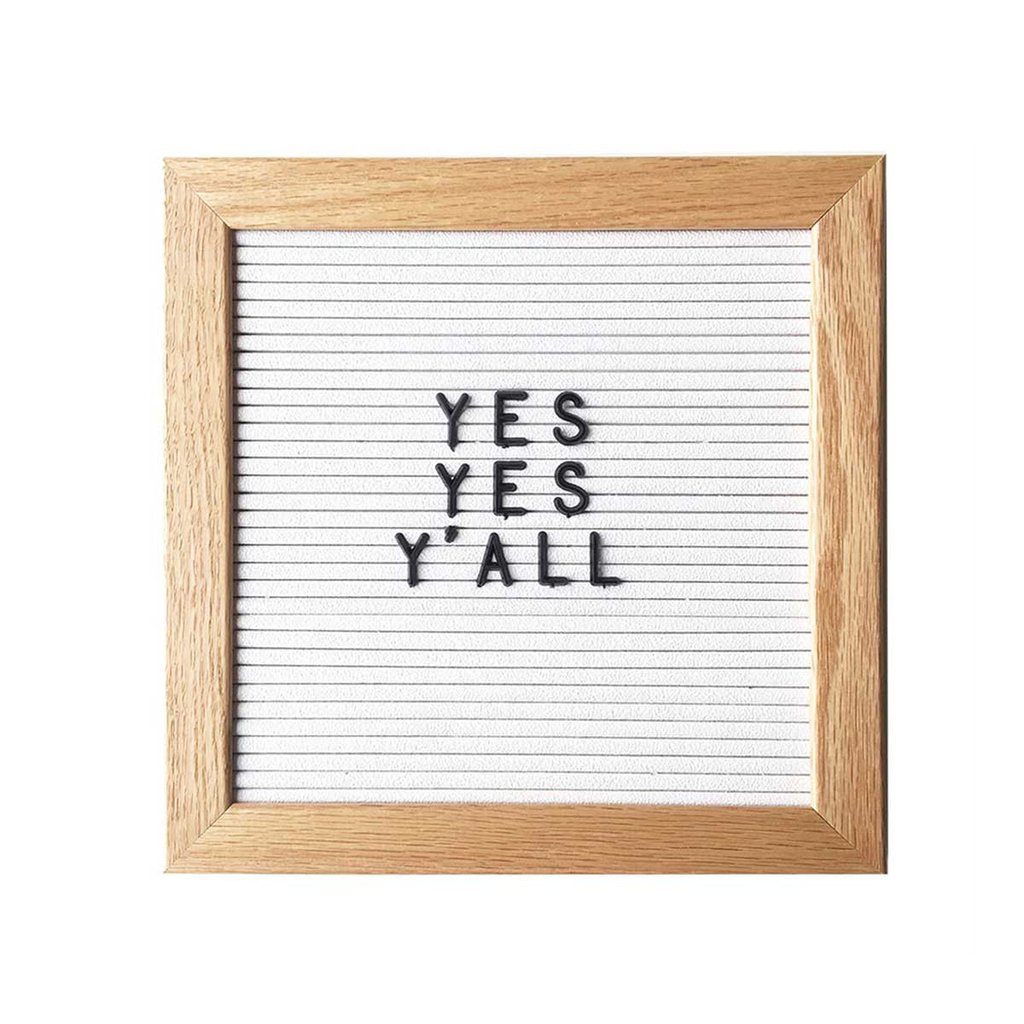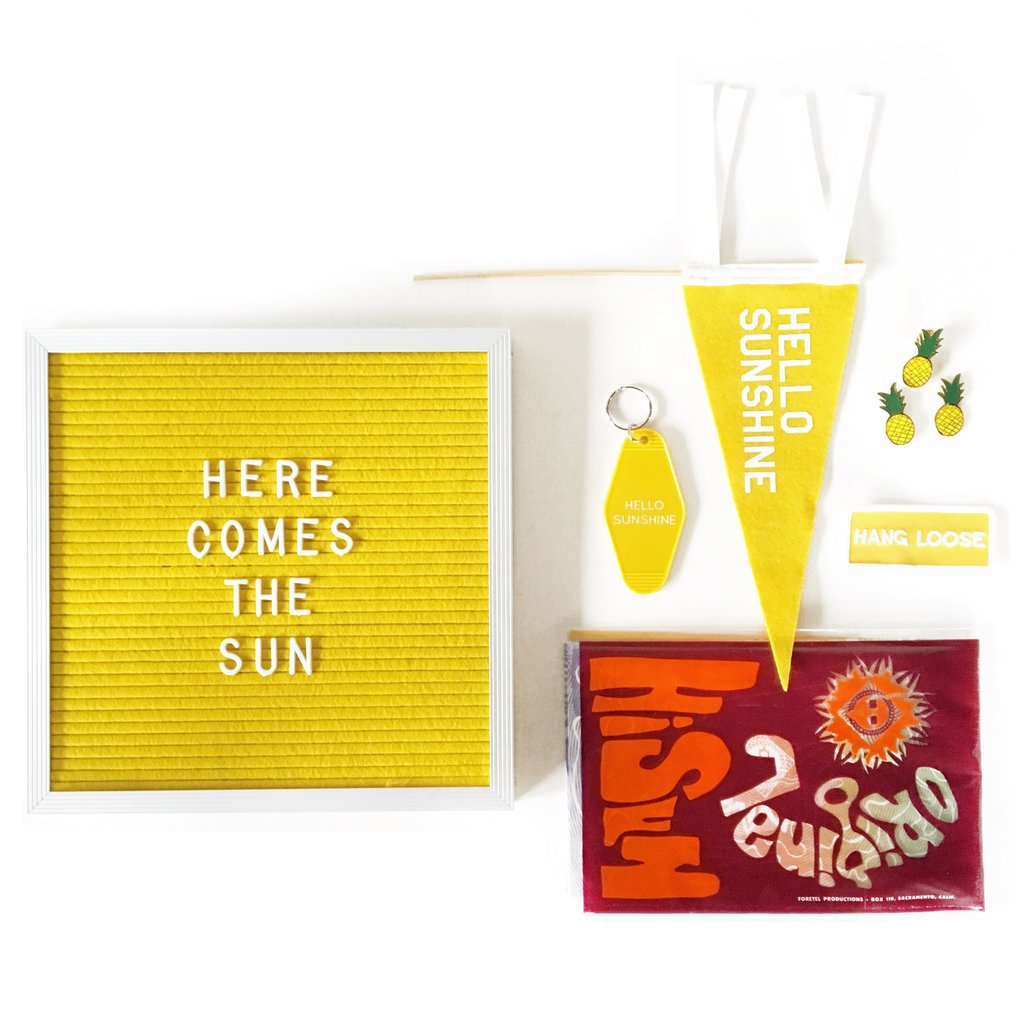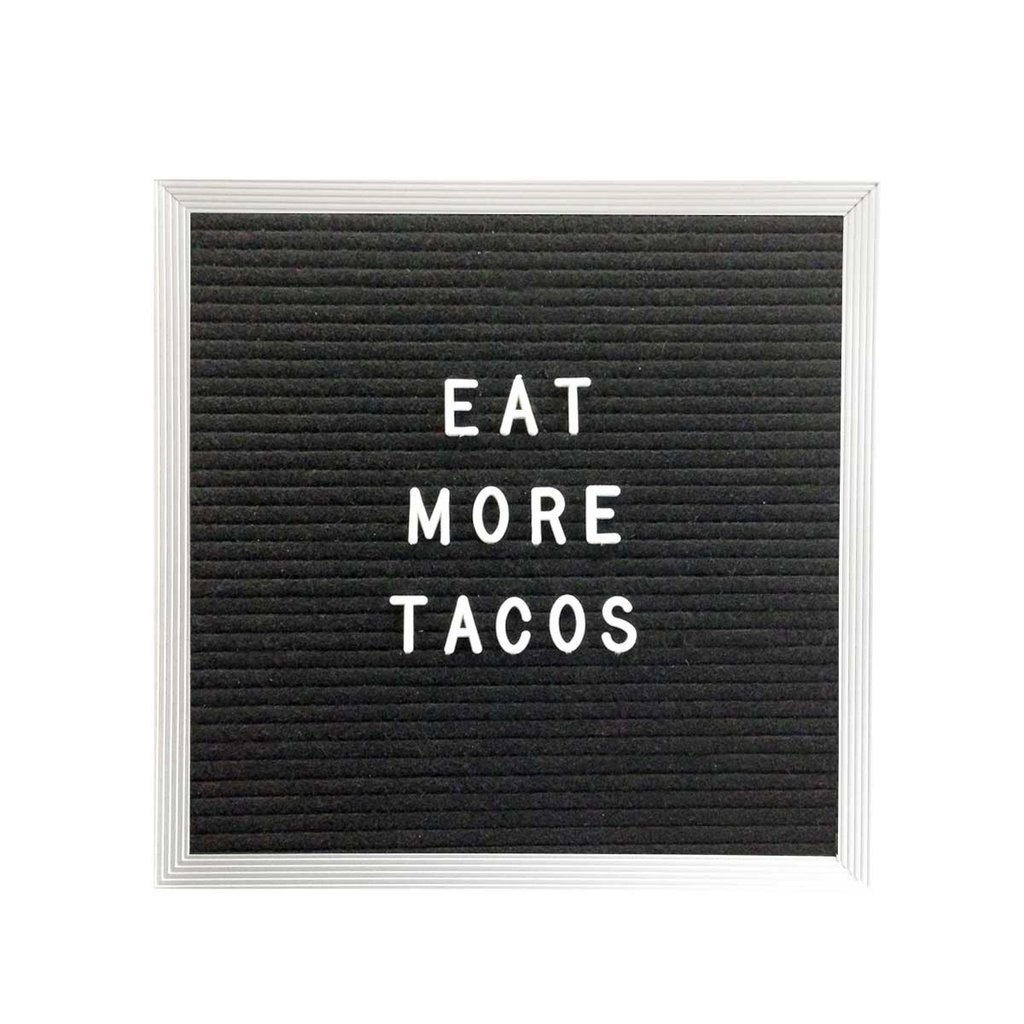How Unique's Community Led Me to a Book Deal
/By Nicole Miyuki
After being in college for years surrounded by friends, spending eight hours in front of a computer at a full-time job was a hard transition for me. I needed a creative outlet.
I decided to combine two things I love, quotes and watercolors, and challenged myself to paint one quote every day for a year. I started a tumblr, called Grounded on the Daily, to share my work. It was an escape, a way to creatively express myself. Then friends and family began to notice what I was doing and started asking me to make prints for them. This was simply a creative outlet for me, selling my work never even crossed my mind!
Then I heard about this cool market called Unique LA and thought, “Why not try and apply, who knows what will happen?” I told one of my dear and talented friends, Jen B. Peters, an illustrator, and we applied to set up a booth together. I will never forget the day we got the acceptance email, and how excited we were! We had no idea what we were doing. Truly.
But here’s what I’ve learned: The energy you put out into the world, comes back around. Just going for it, putting my passion projects out there and connecting with people returned so much to me.
Because of that experience at my first Unique LA market, I’ve had the opportunity to collaborate with many incredible people. And when I started to teach hand- lettering workshops, my first class was at the store of a vendor I met at Unique LA, Danni of Oh Hello Friend.
Flash forward to today, I’ve made hand lettering my career, taught to over 700 people, and now I am even a published author - say what?! How I went from this girl who needed a creative outlet, to making it my full-time job and writing my book, is still beyond me. But, what I can confidently say is that all this has been possible because of the people I’ve met along the way.
It’s all about people. Humans with beating hearts, who together can create a brighter more creative world.
So, thank you Sonja and the rest of the Unique LA team for being the people that said yes to me at my first Unique LA and for creating a space where people can share what they create, connect and collaborate.
Nicole’s book, By Hand: The Art of Modern Lettering was published in 2018.
